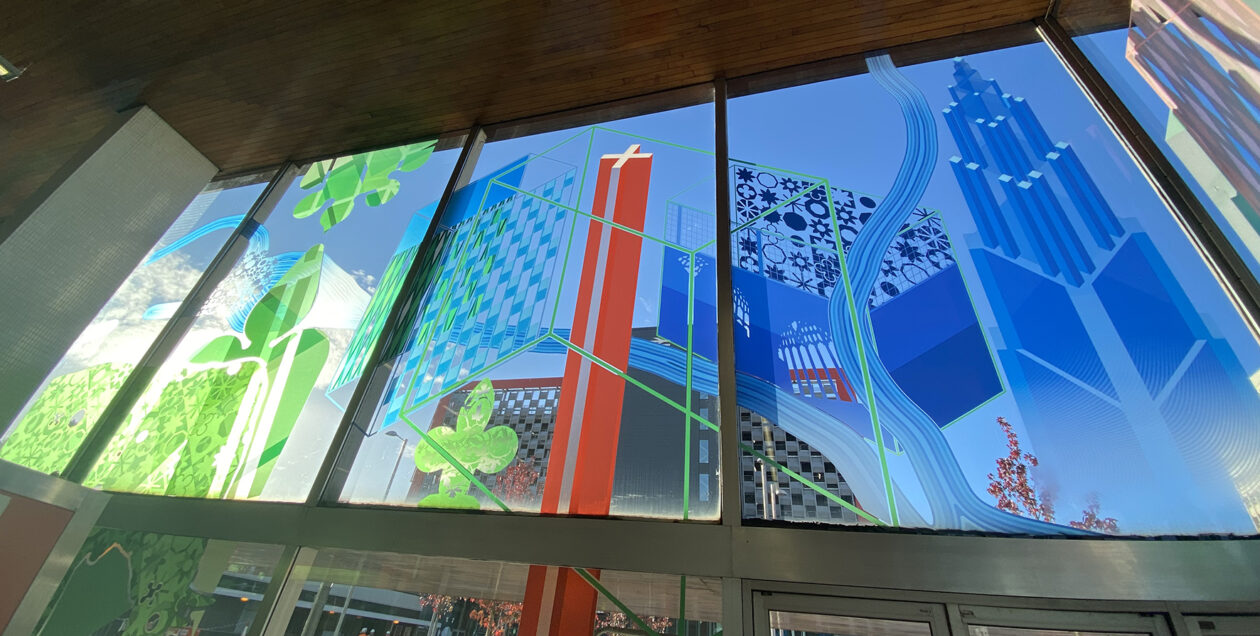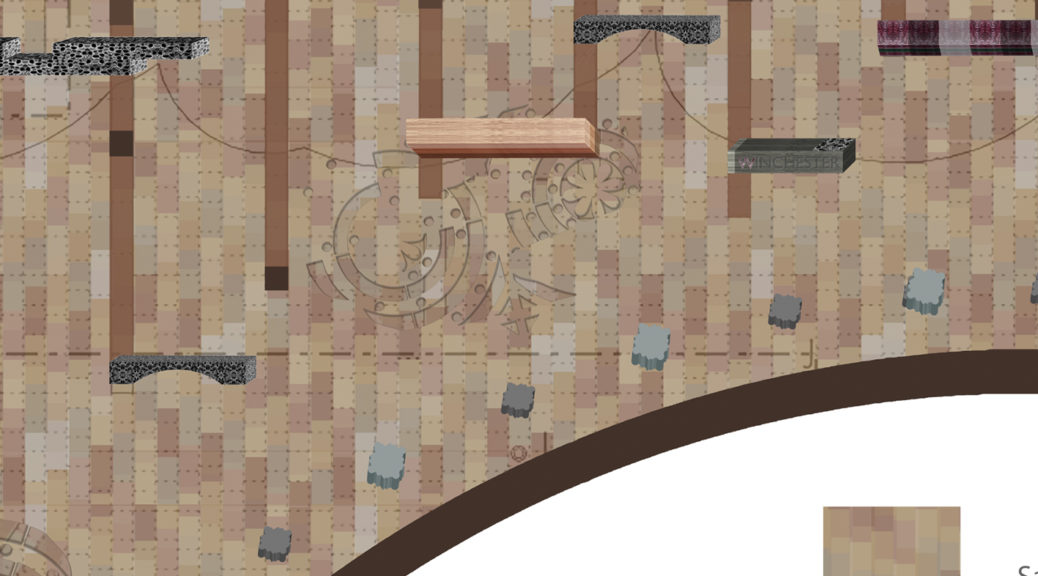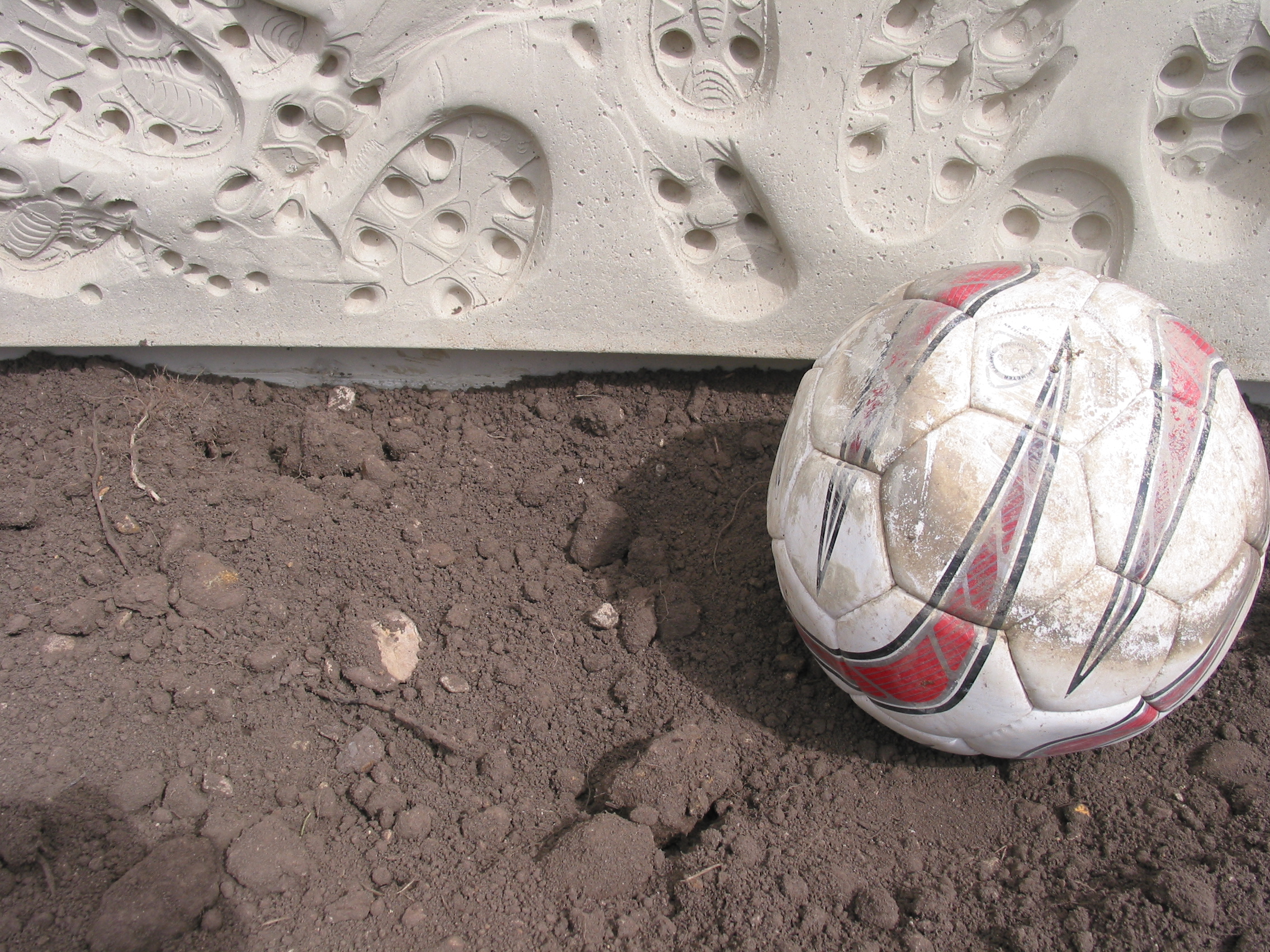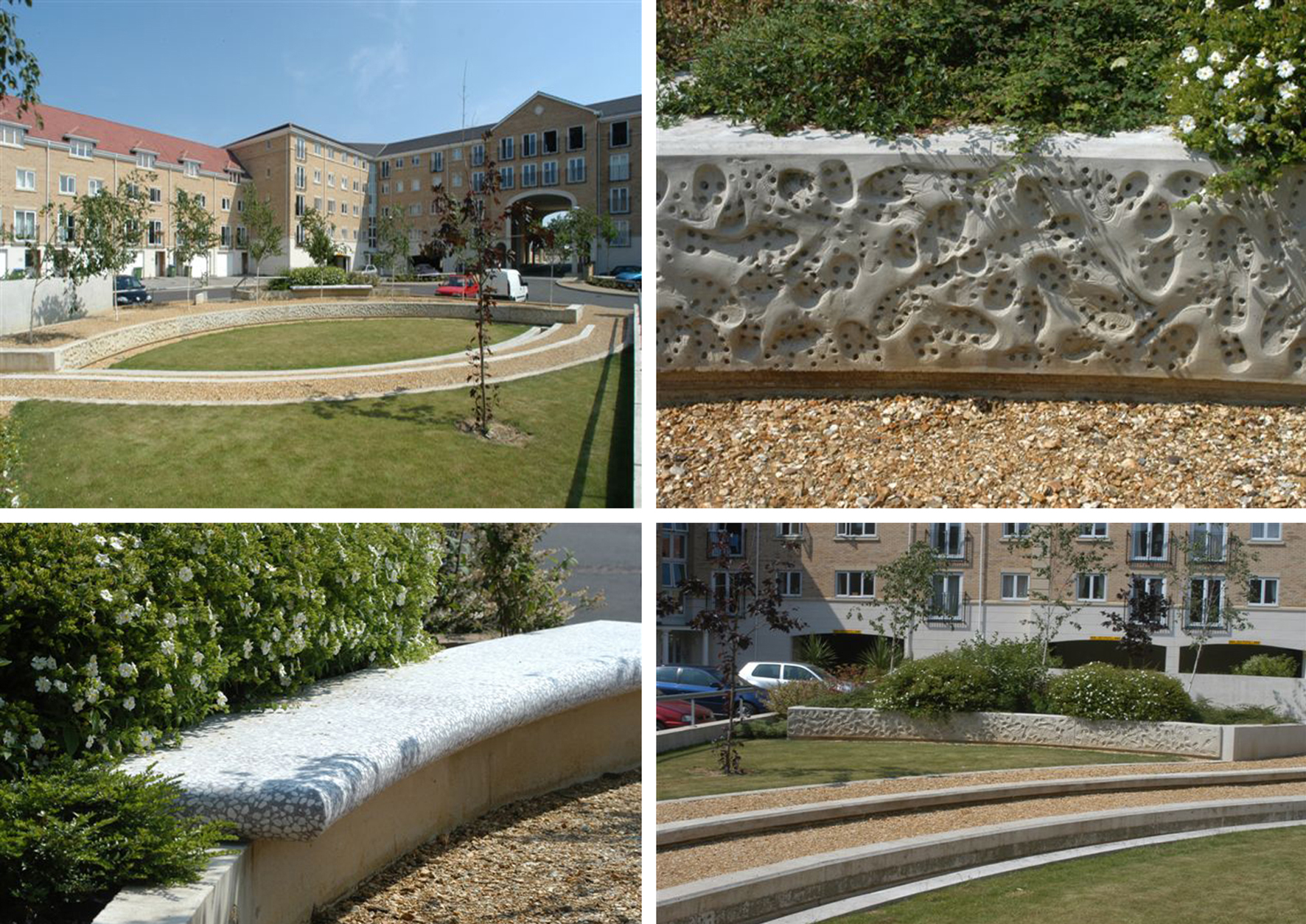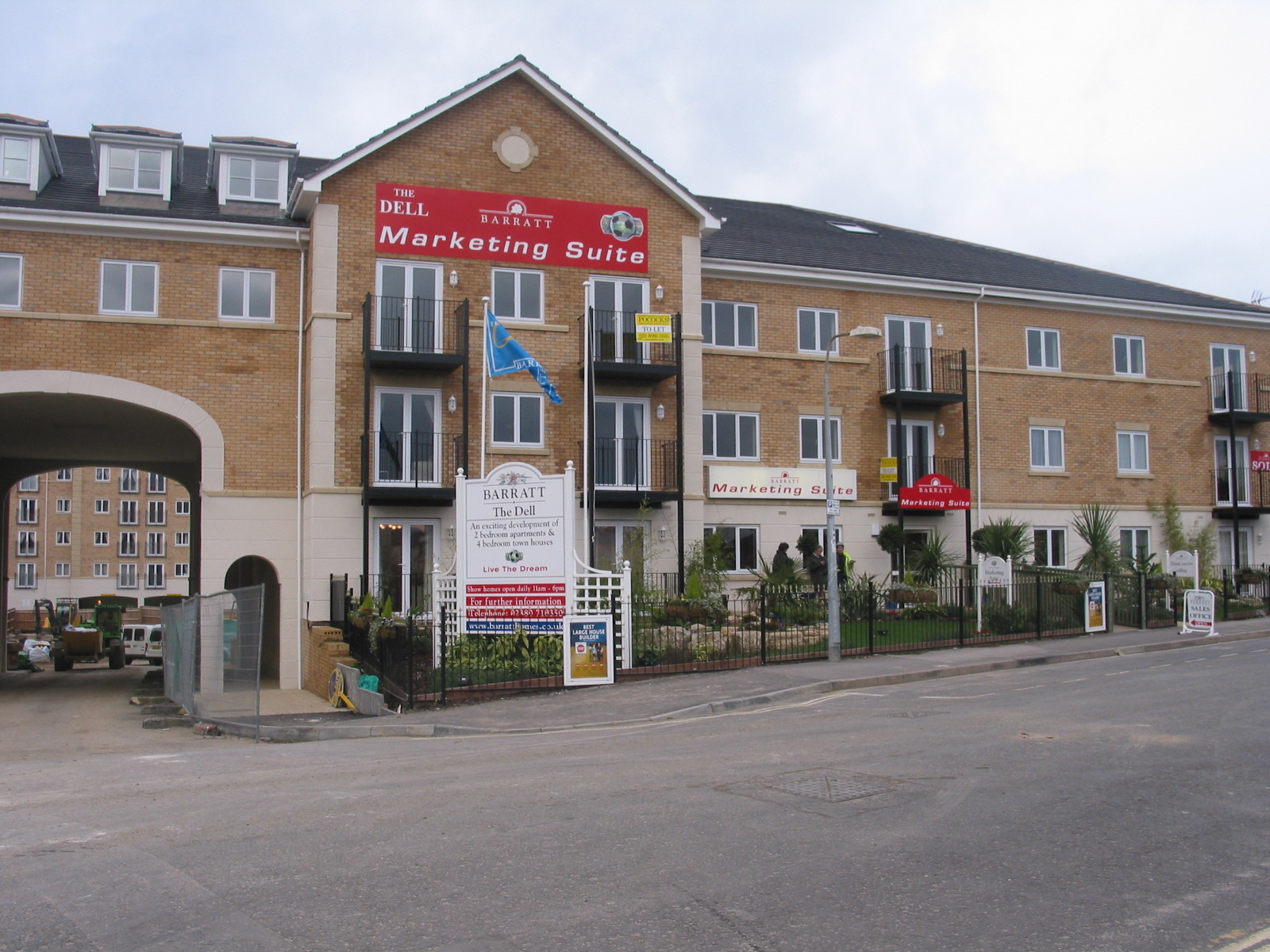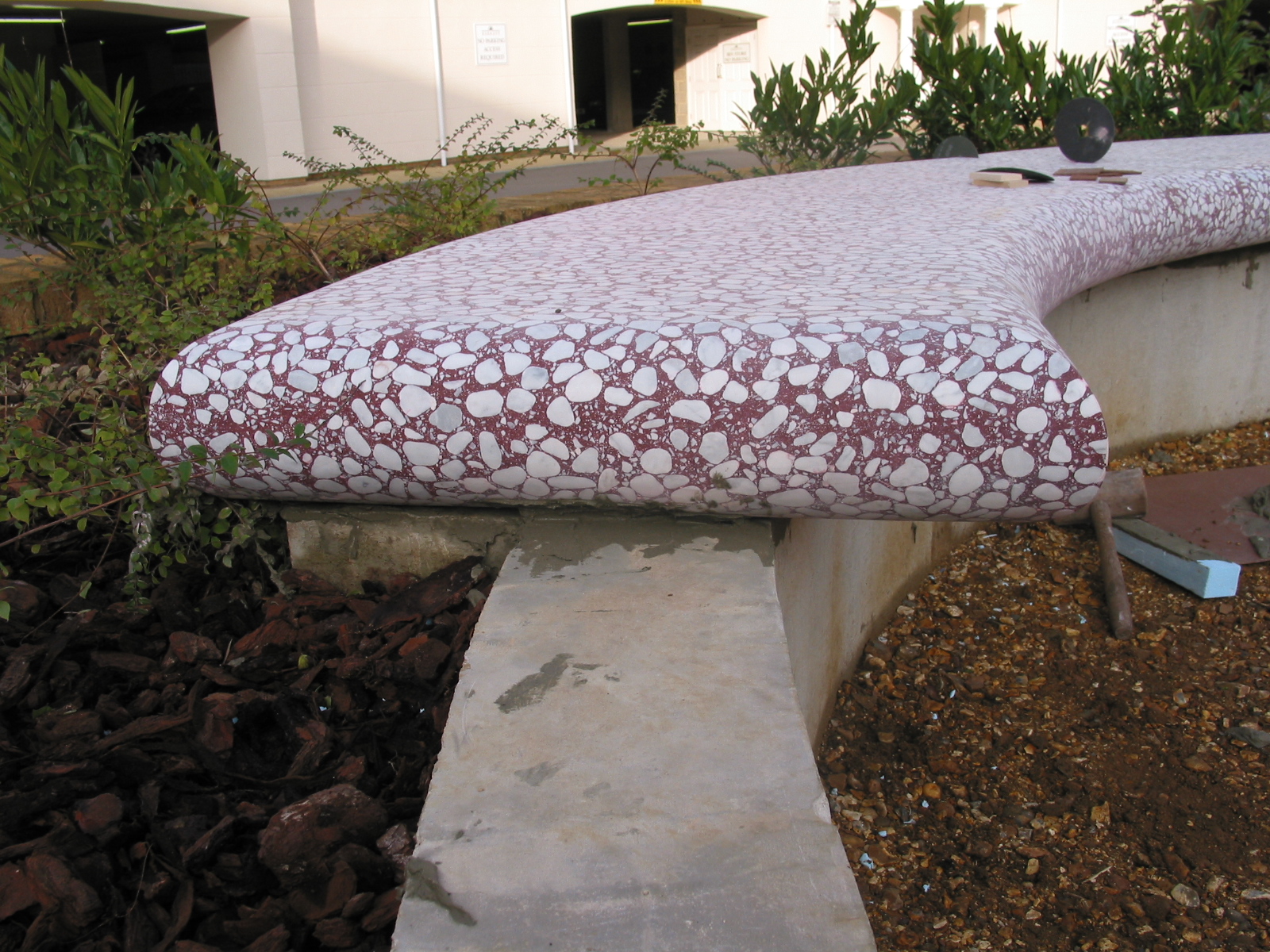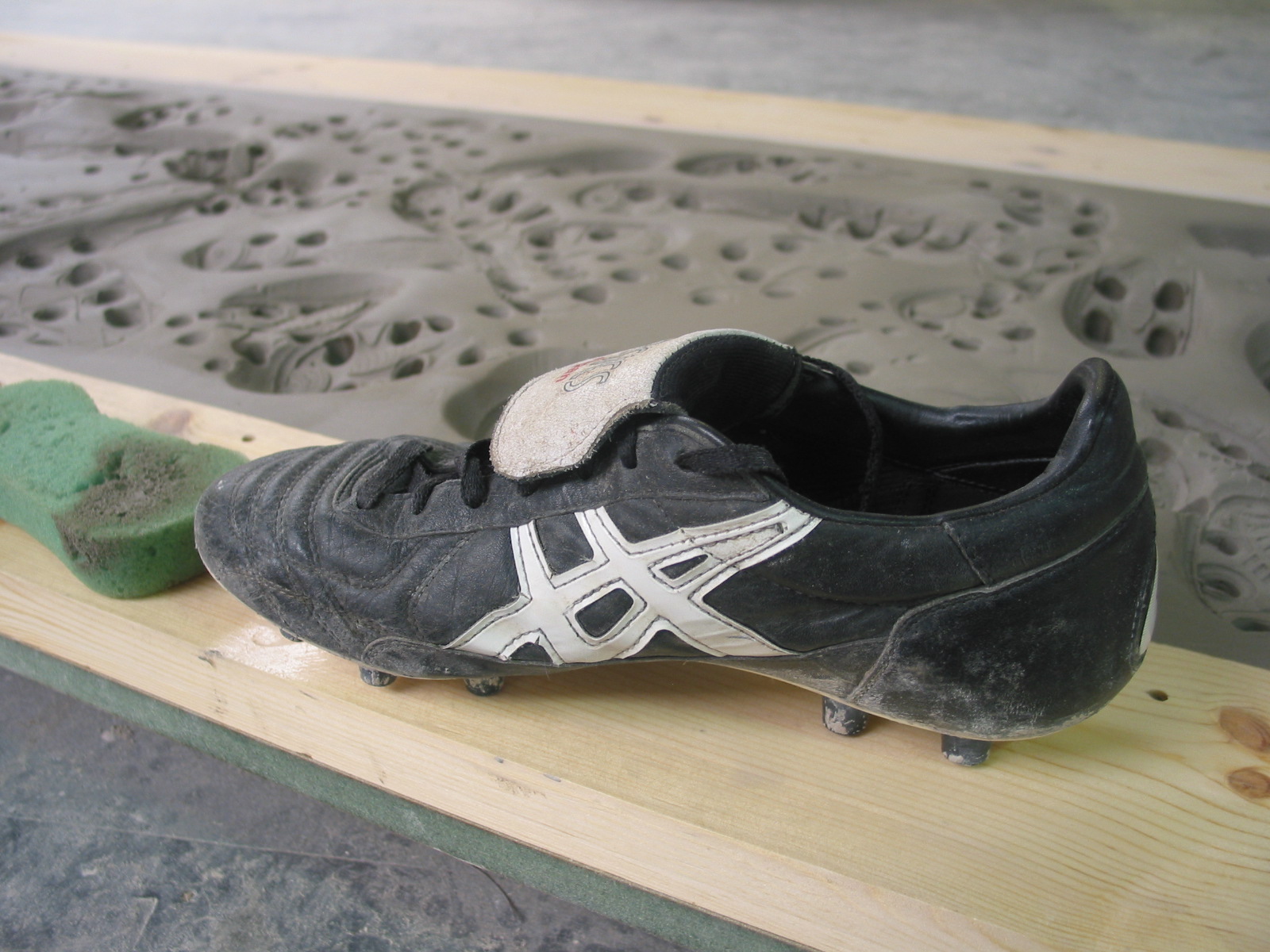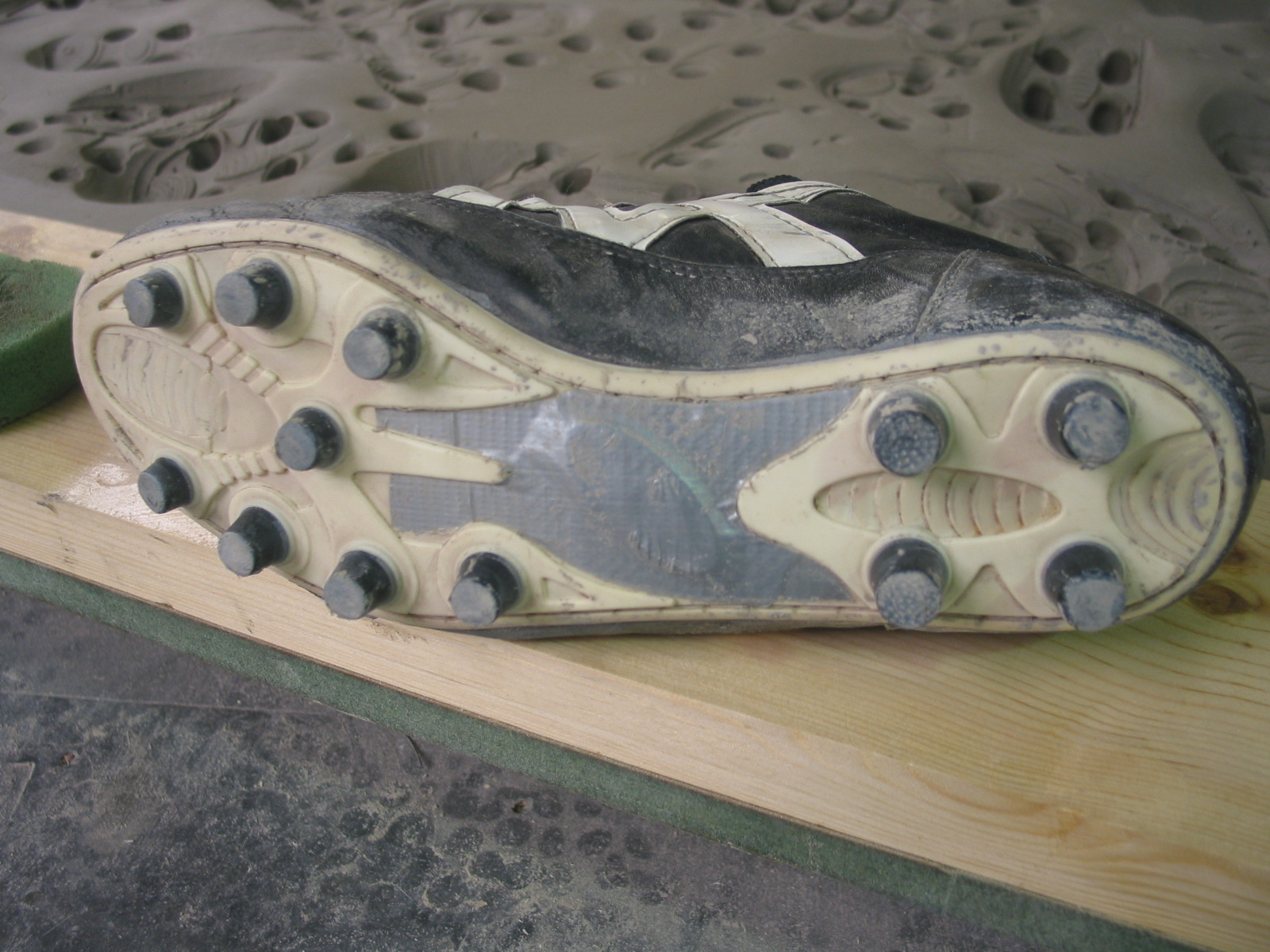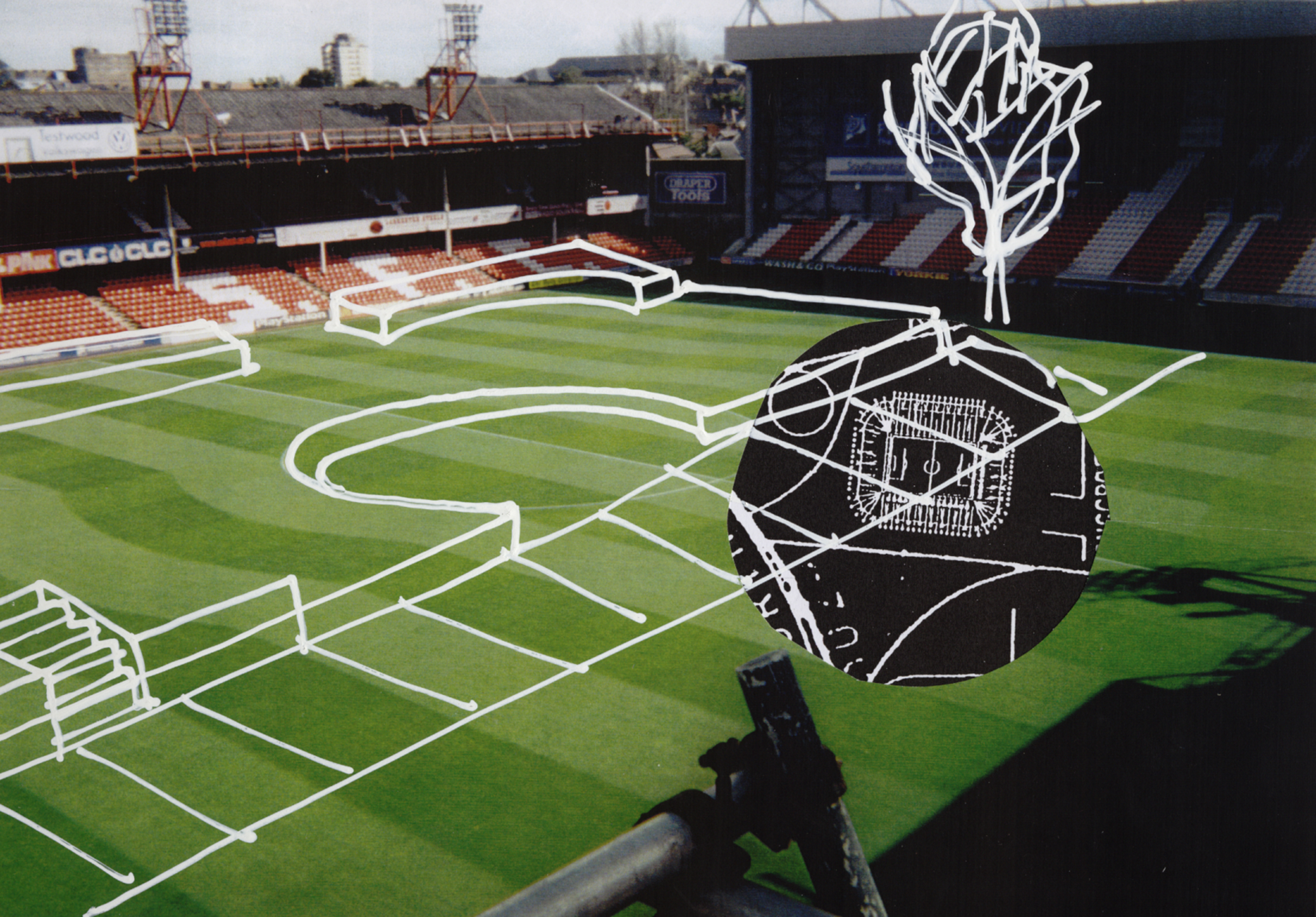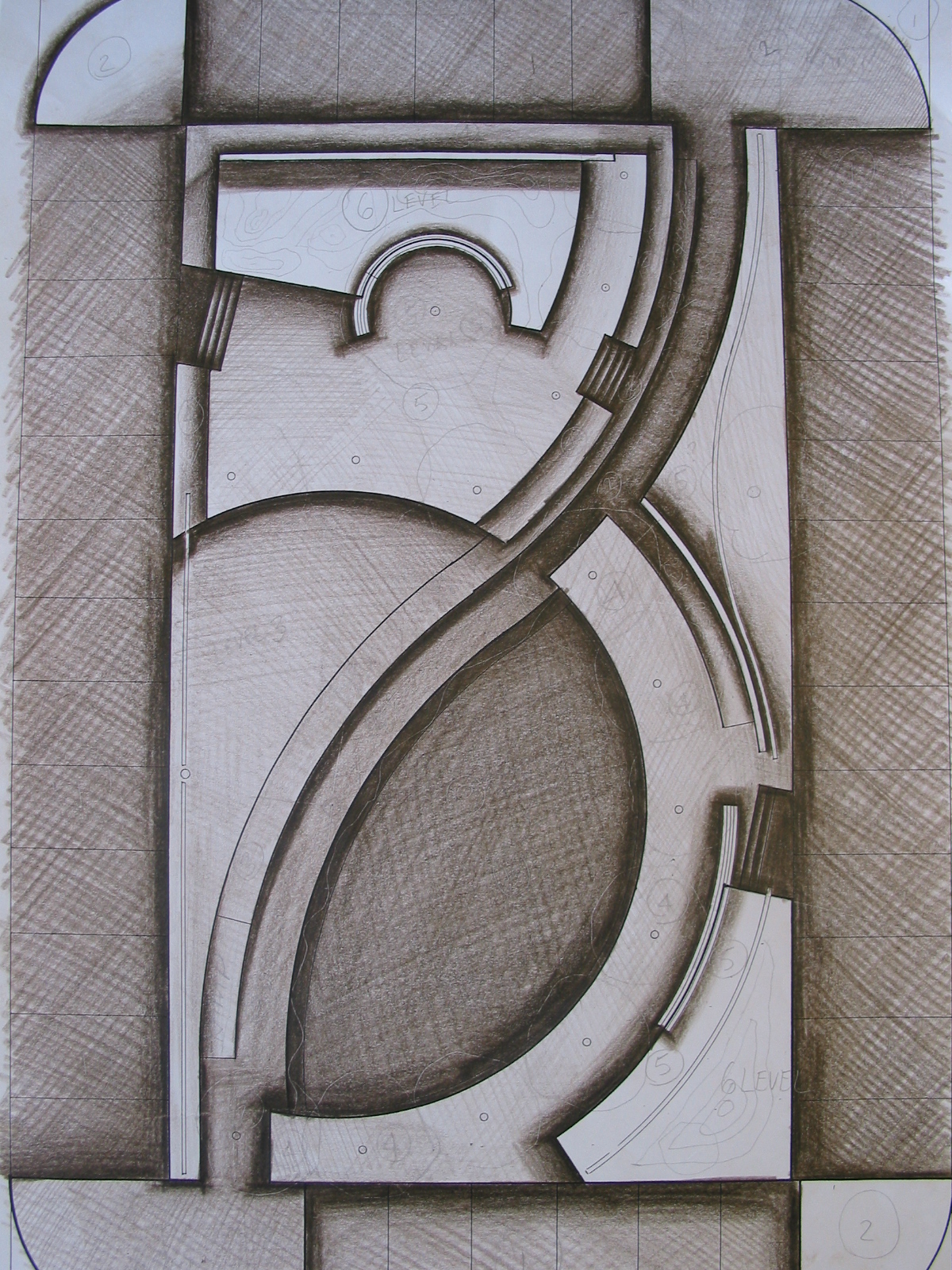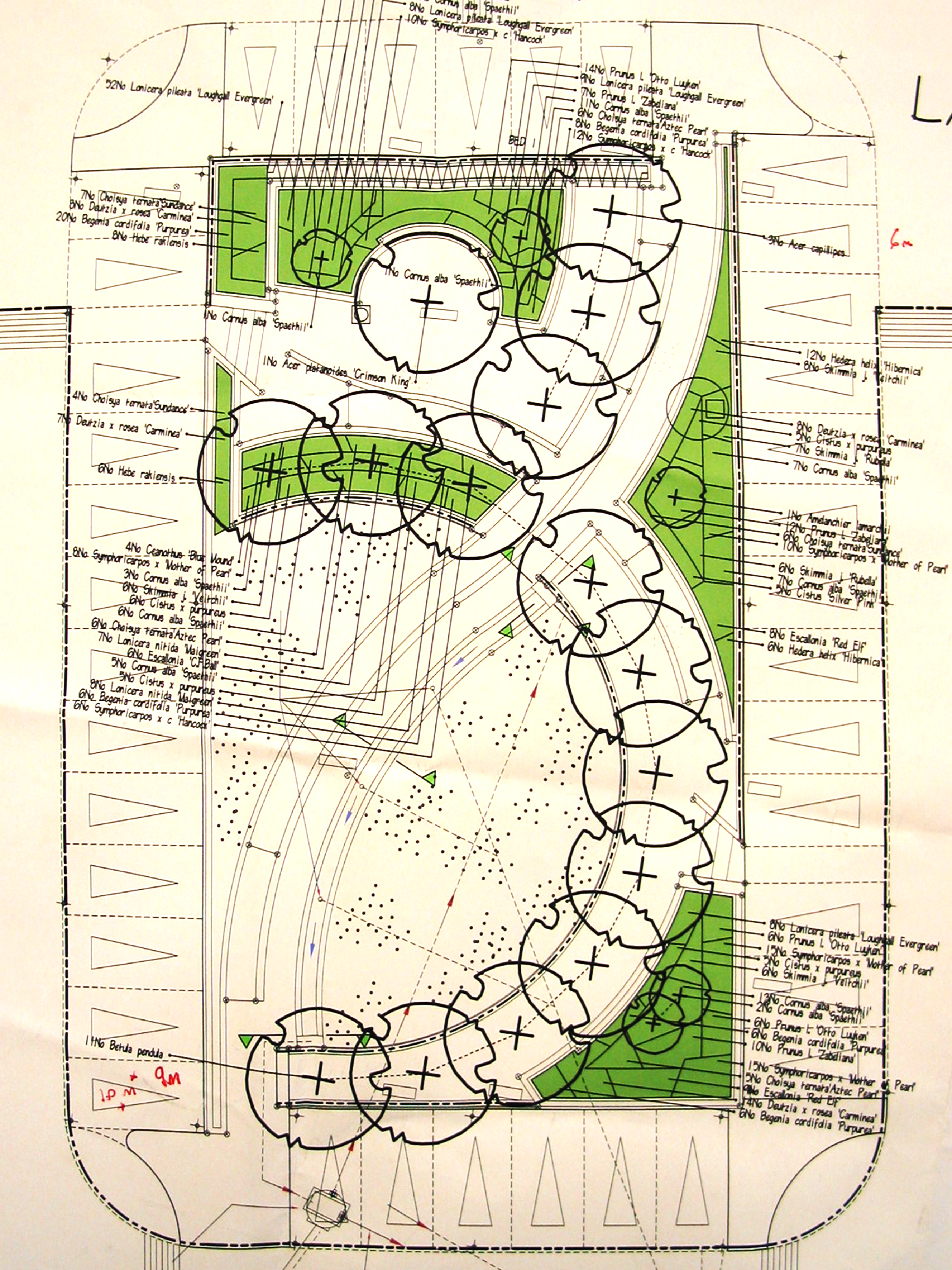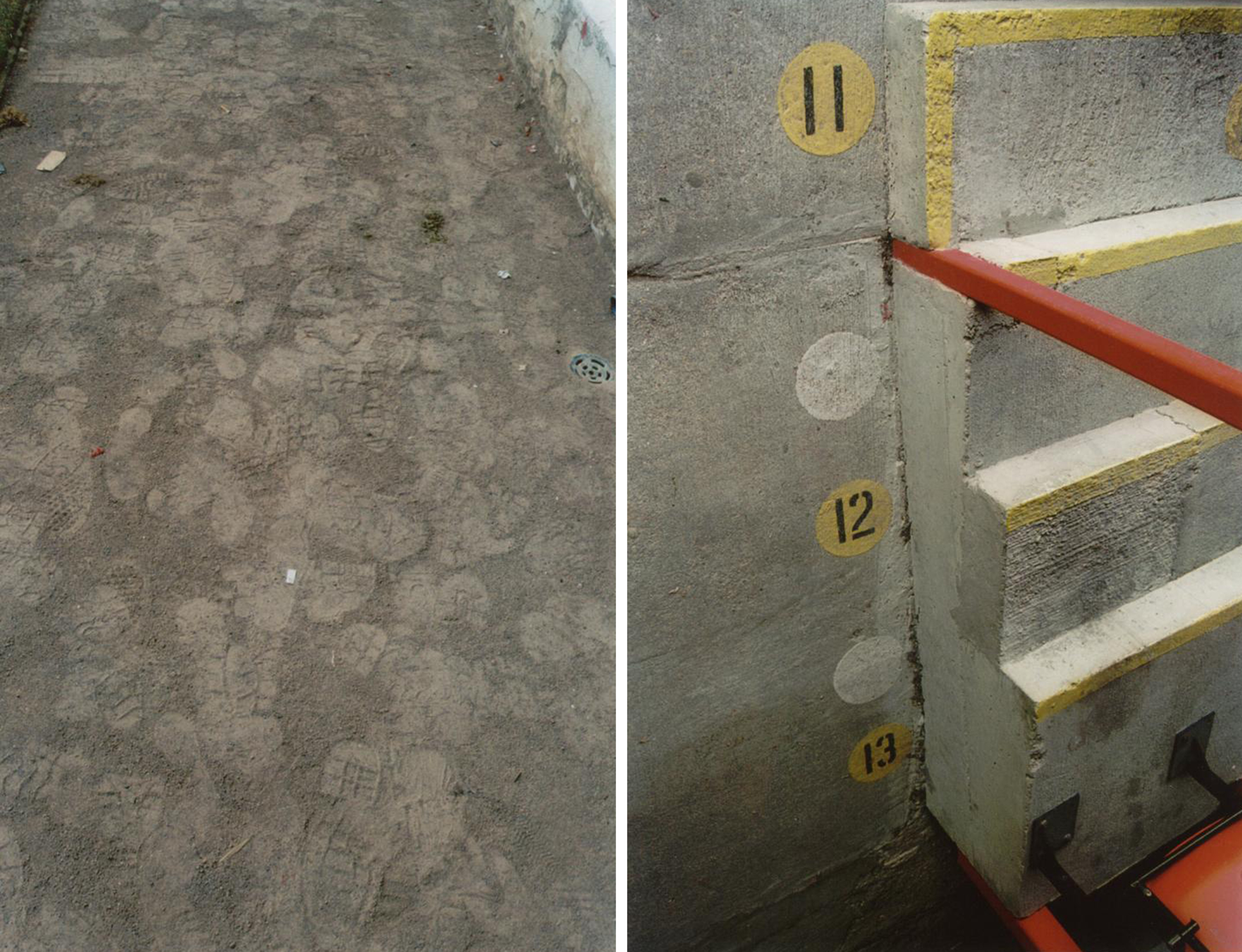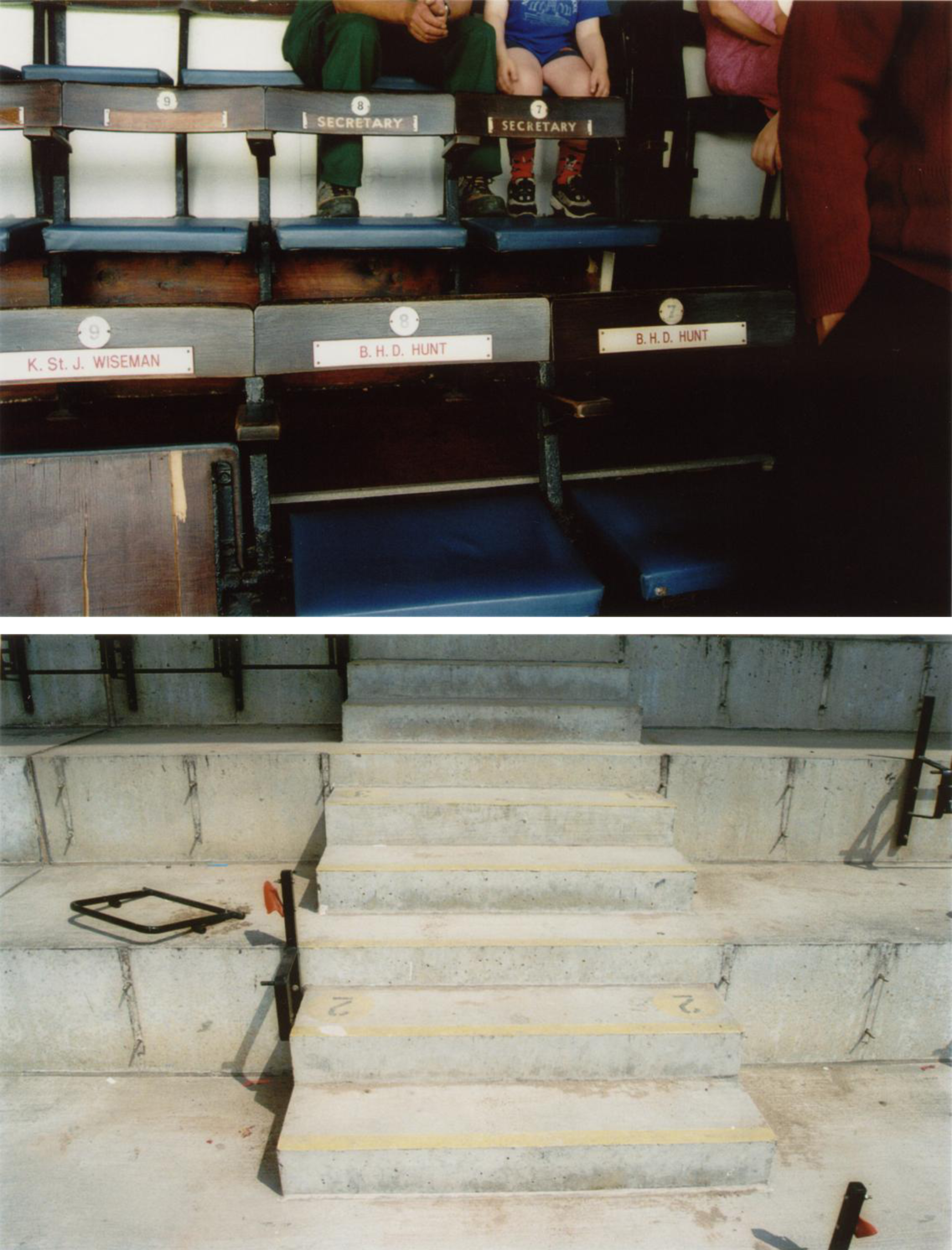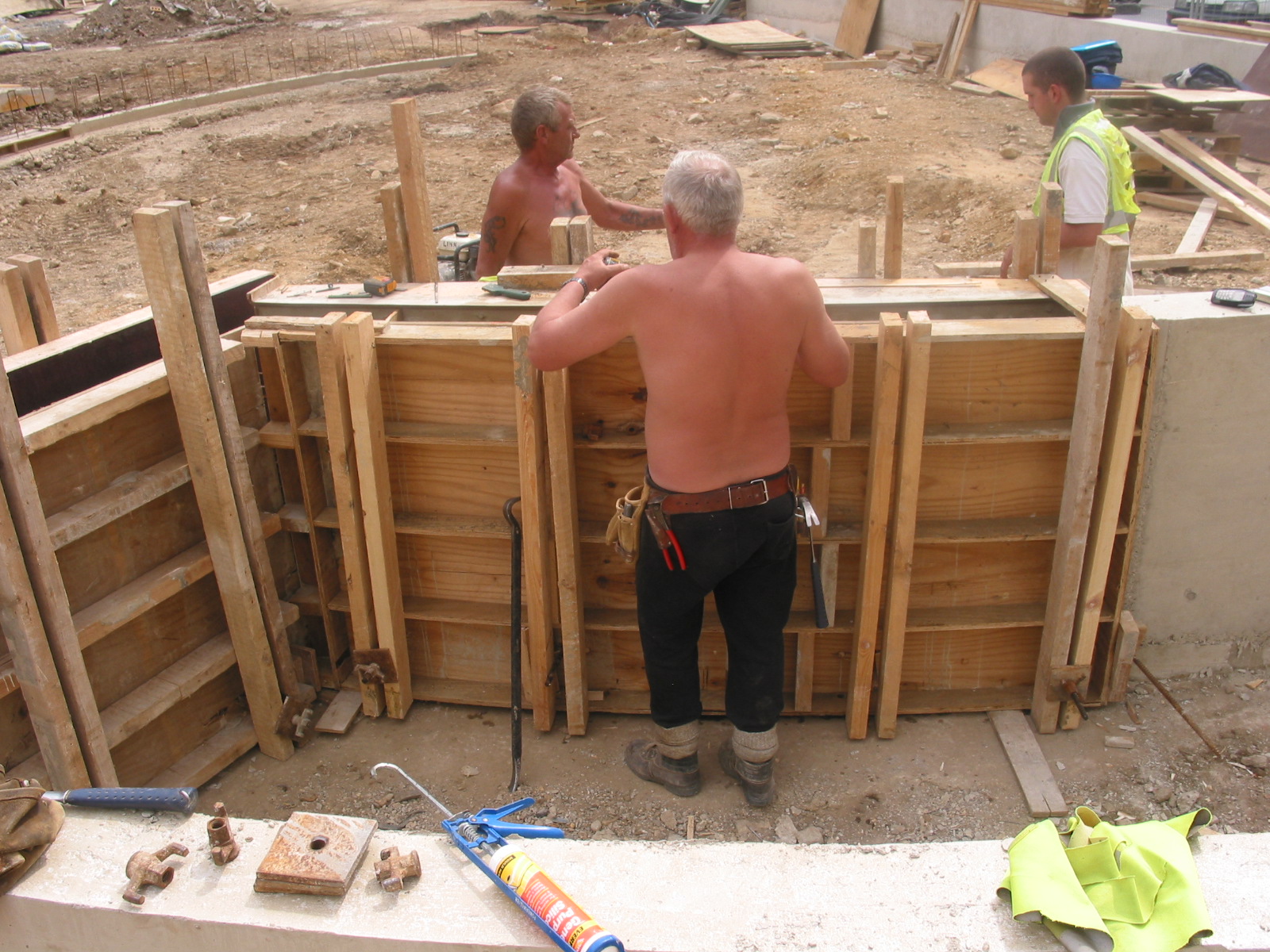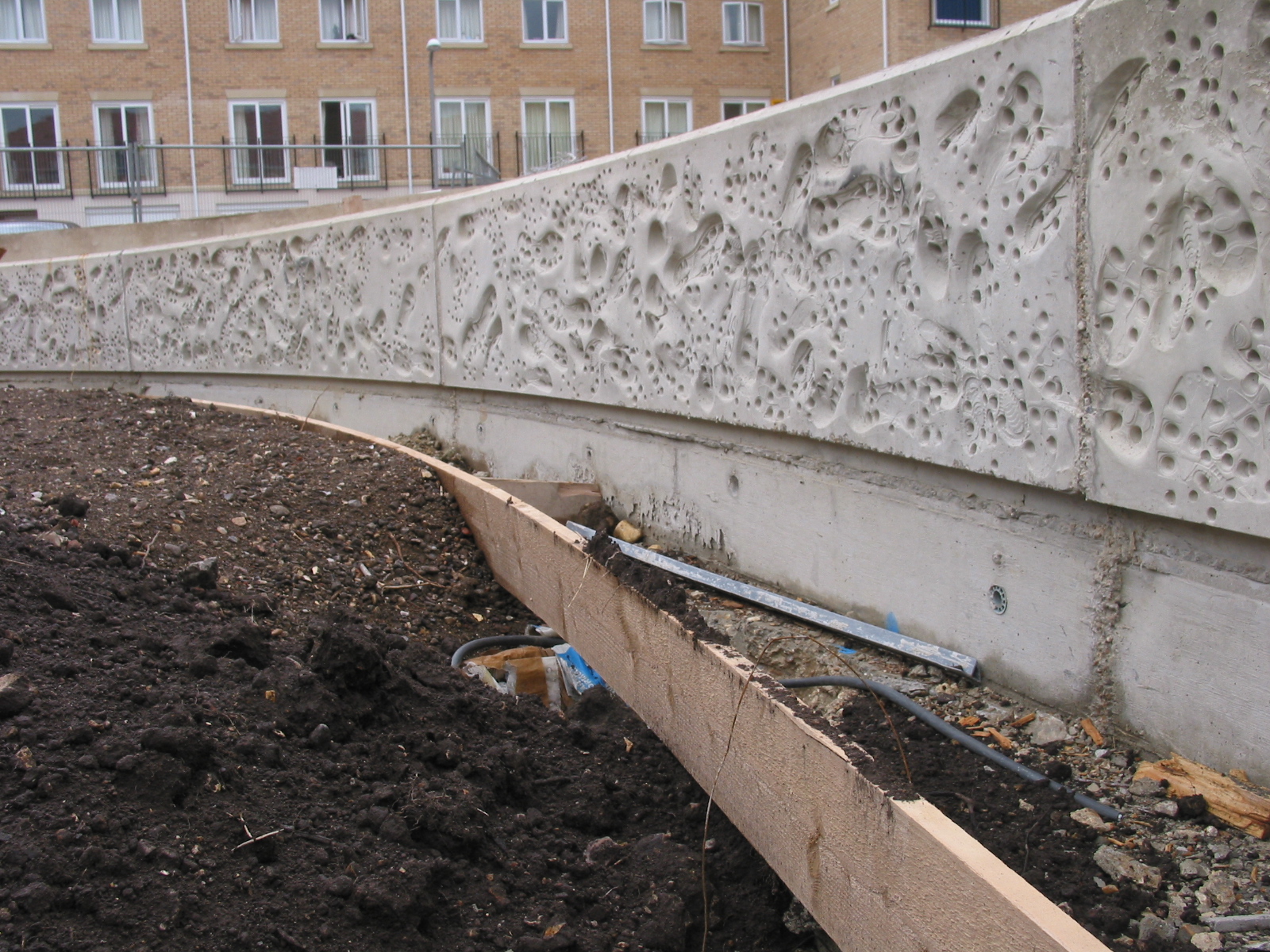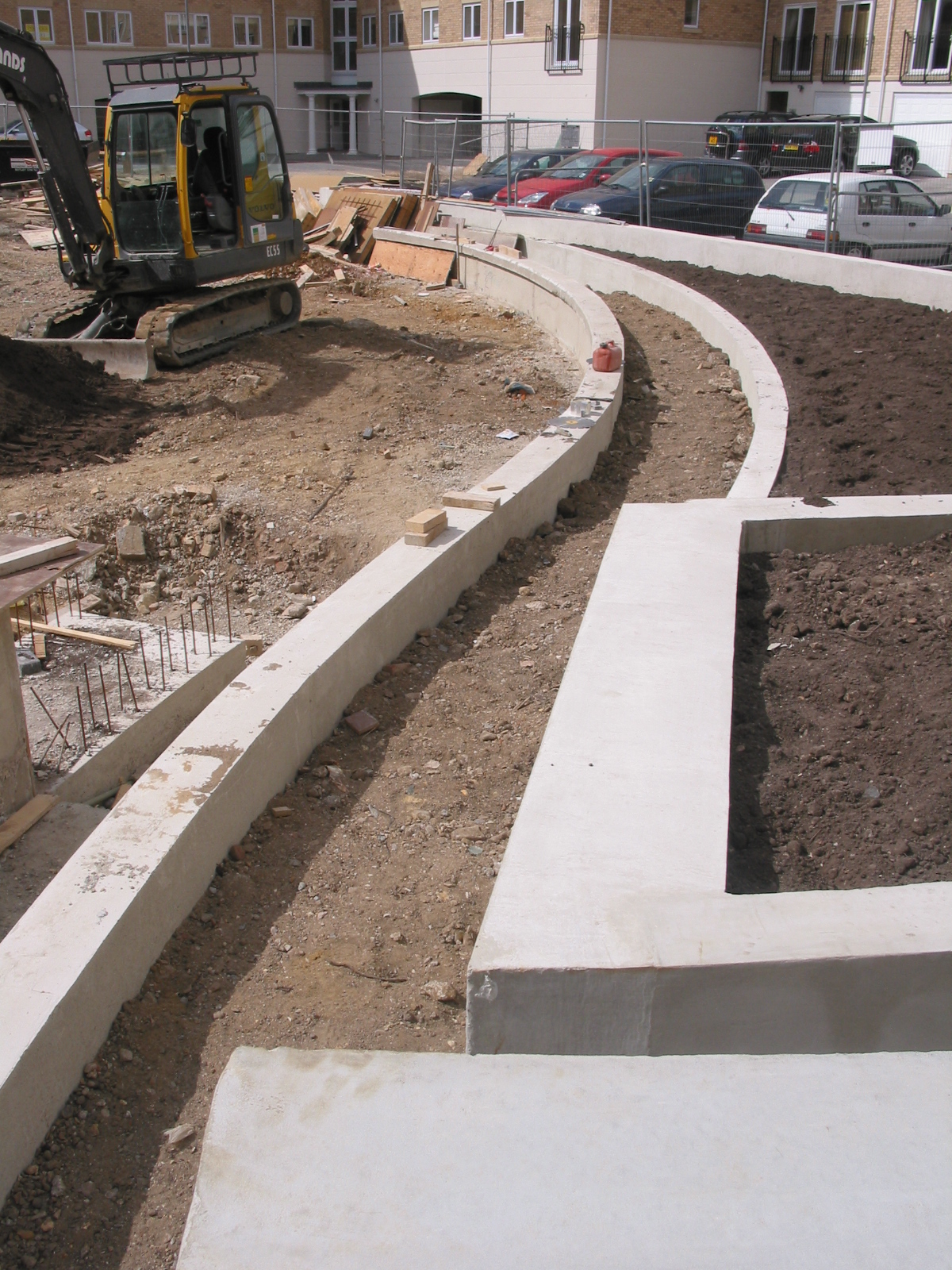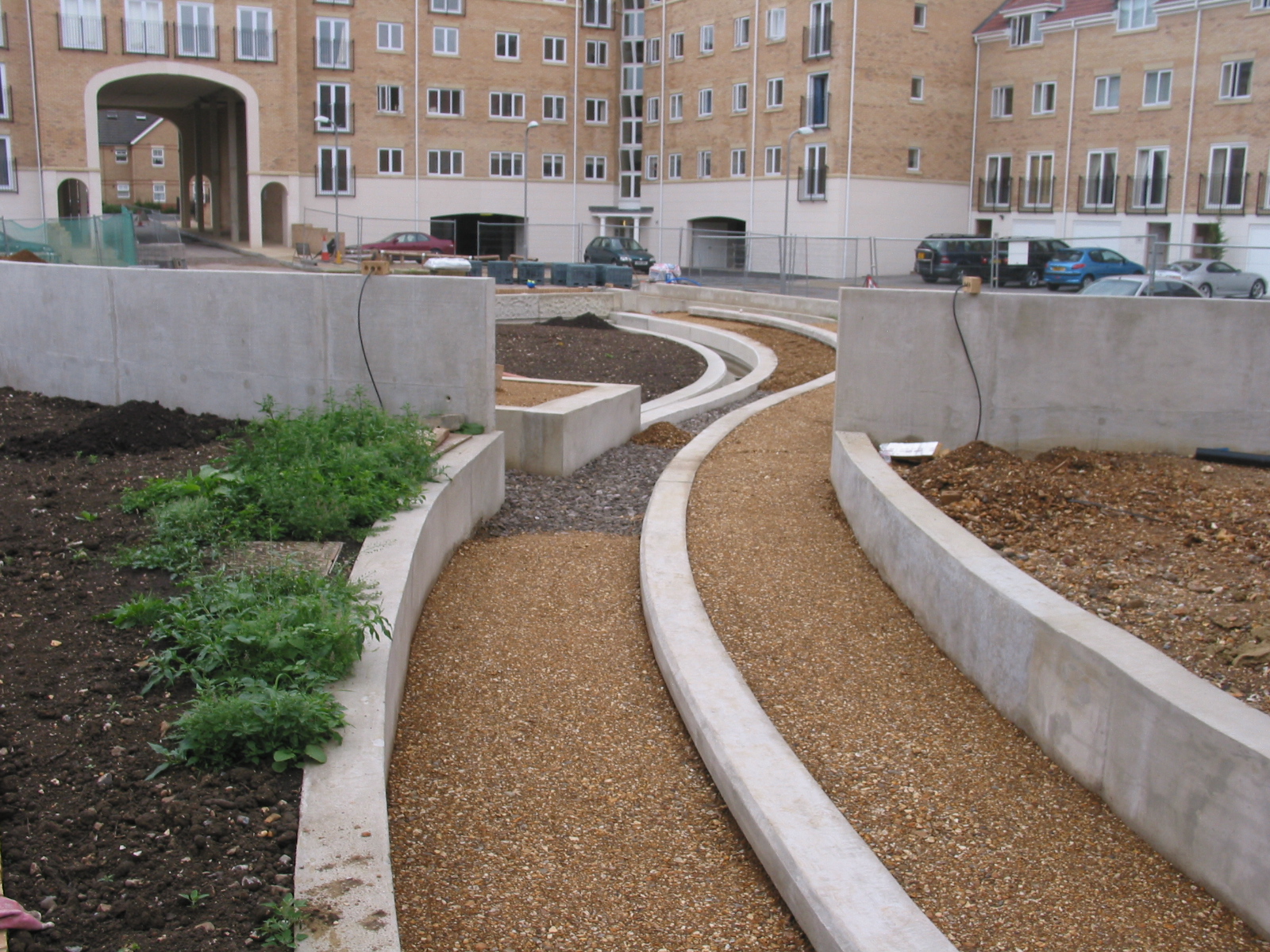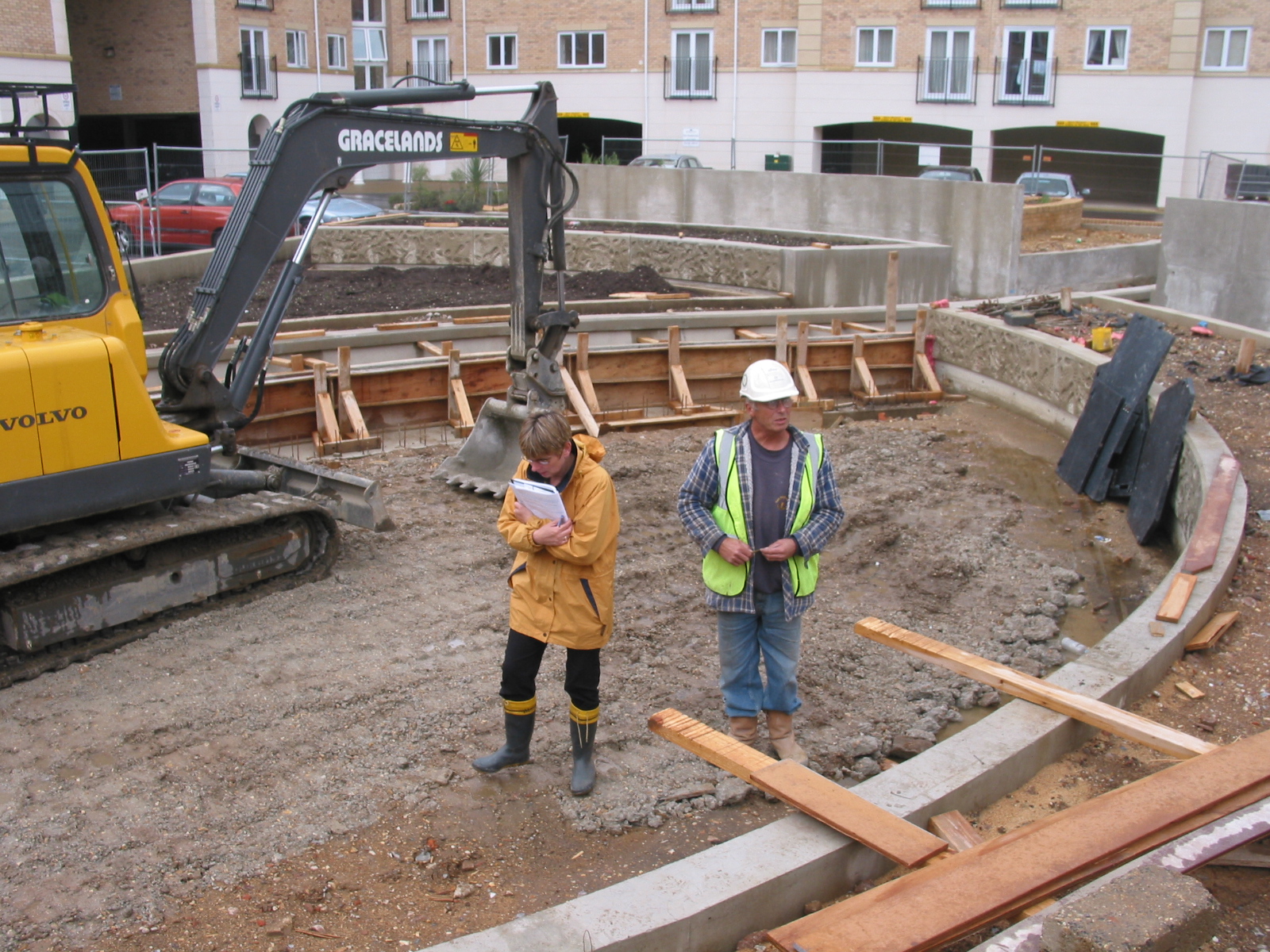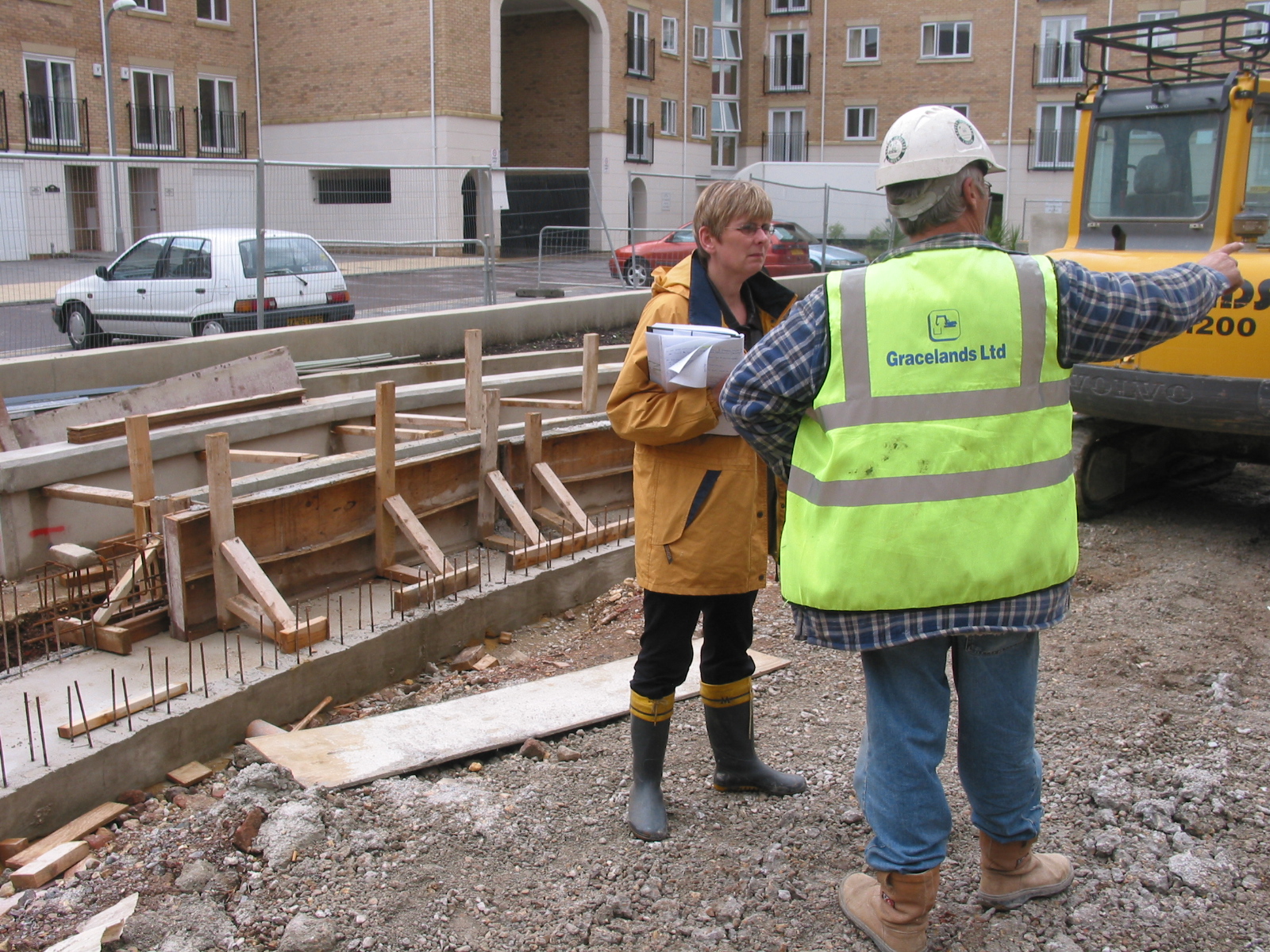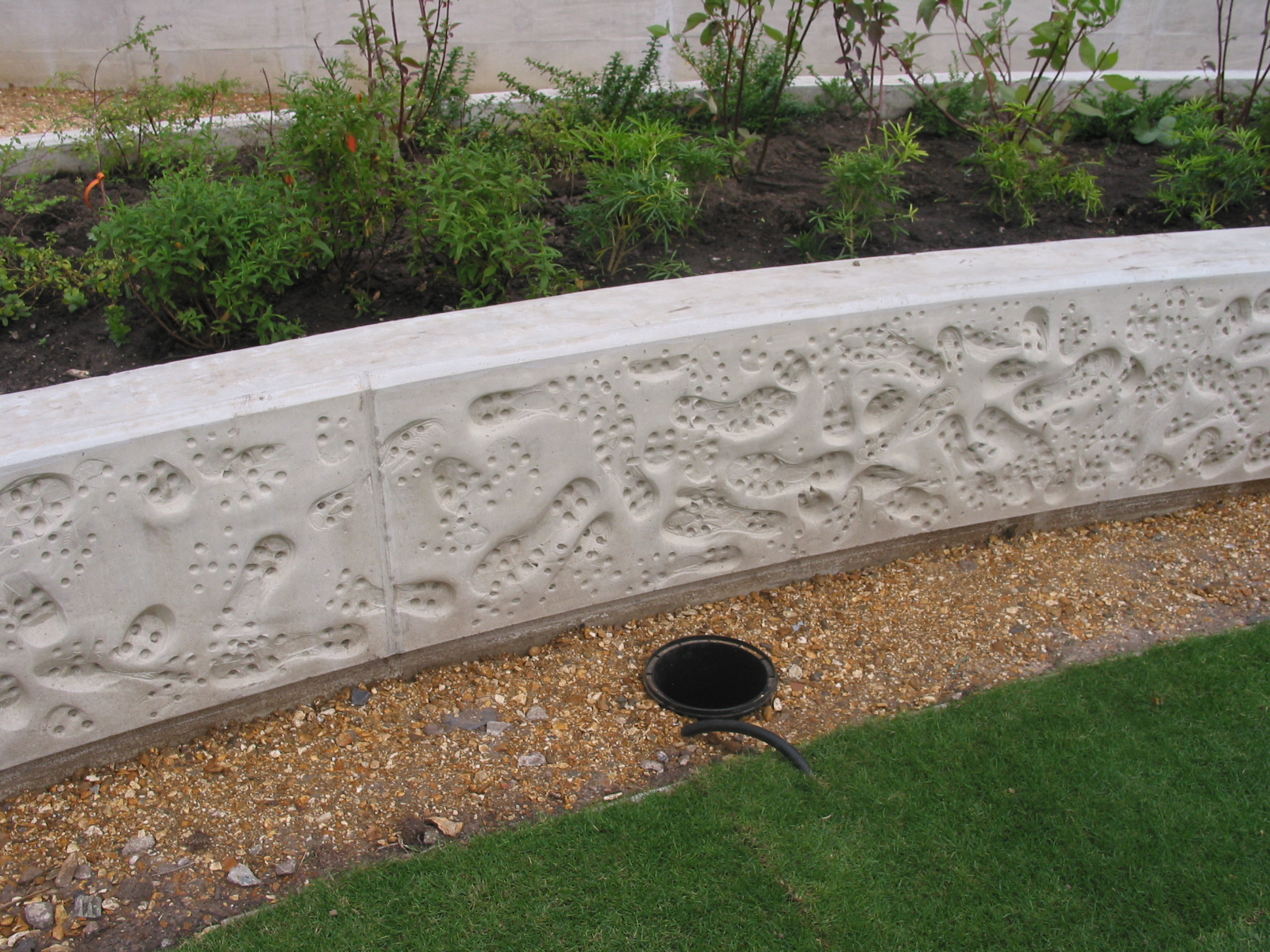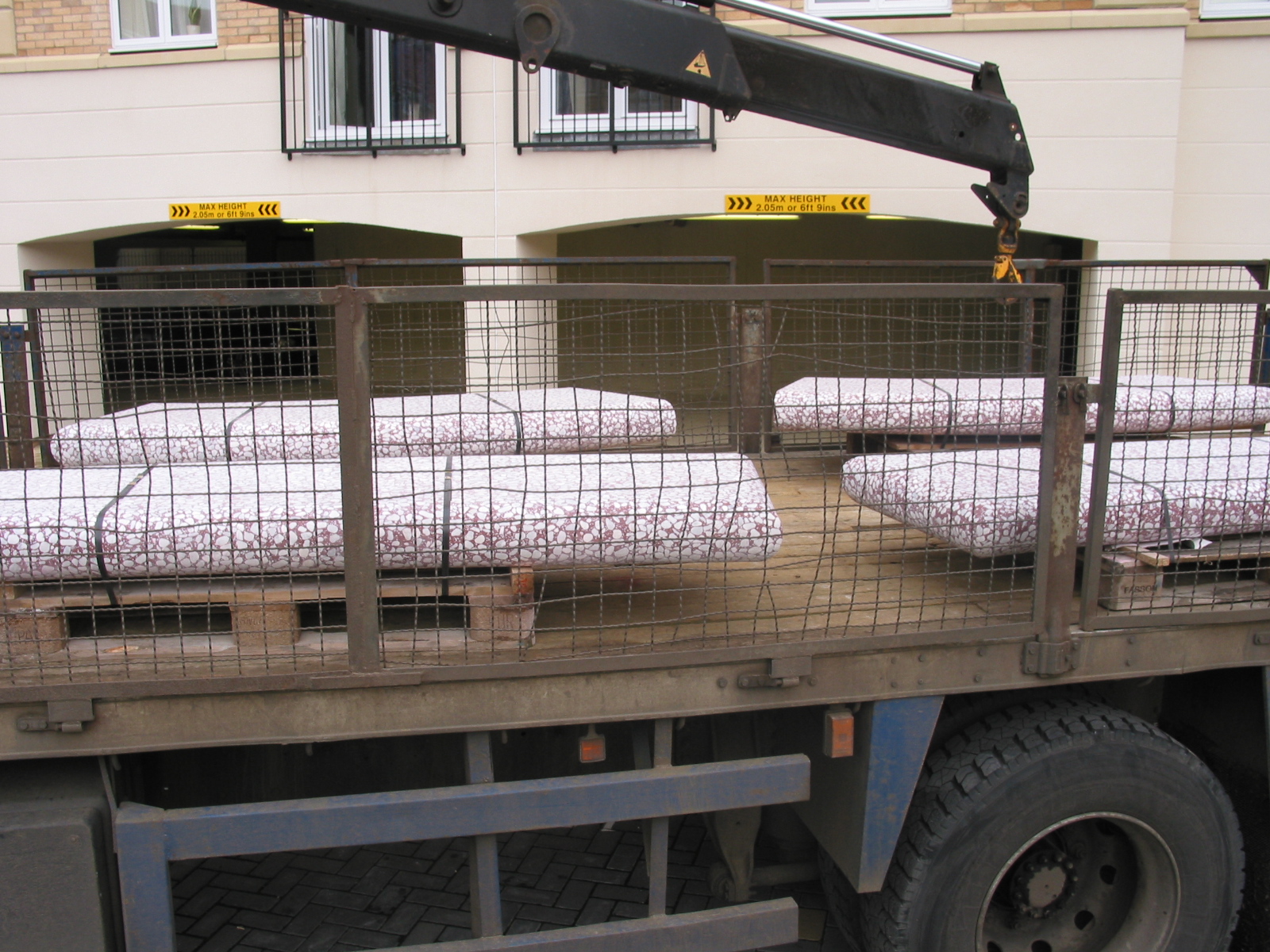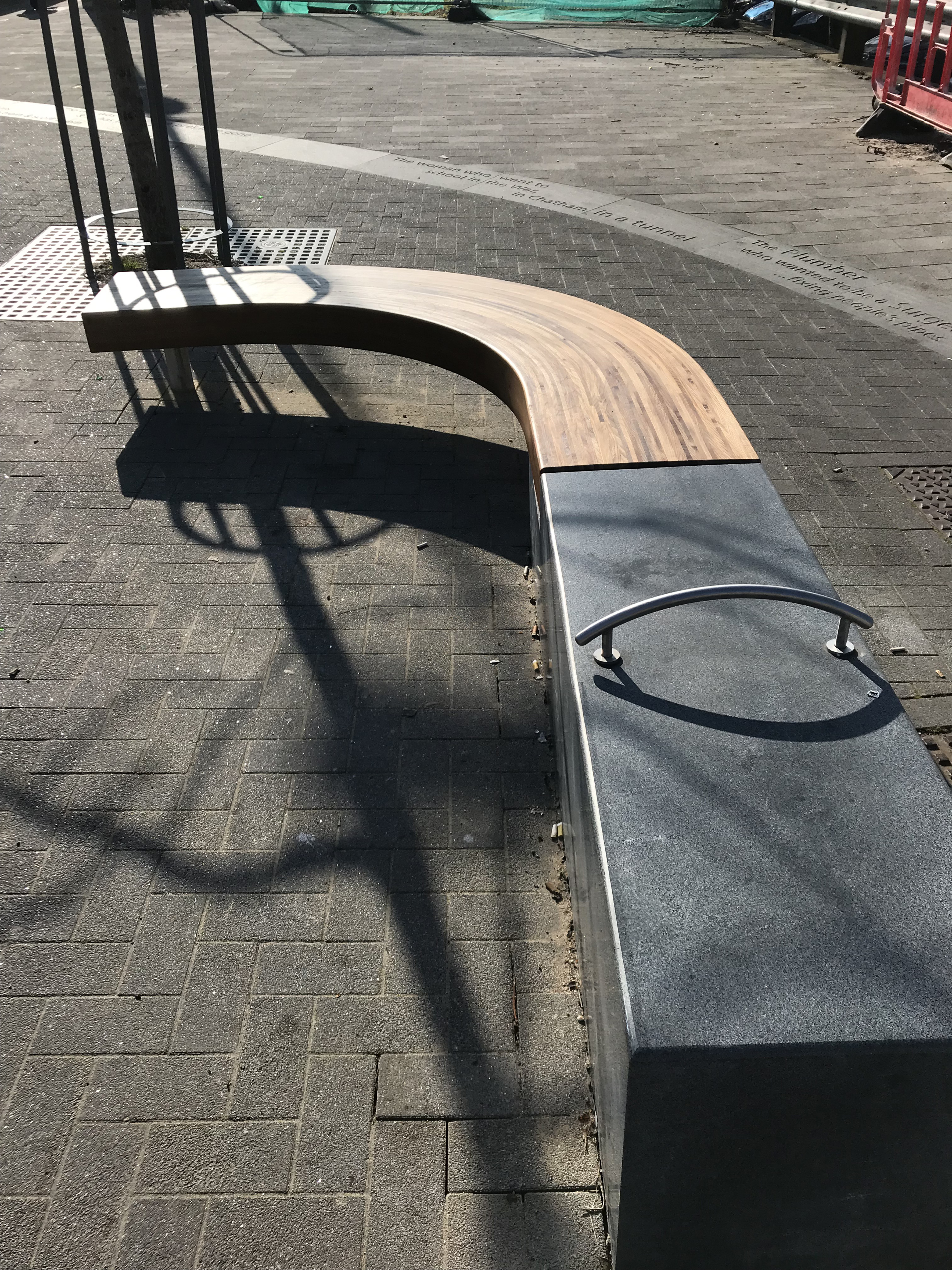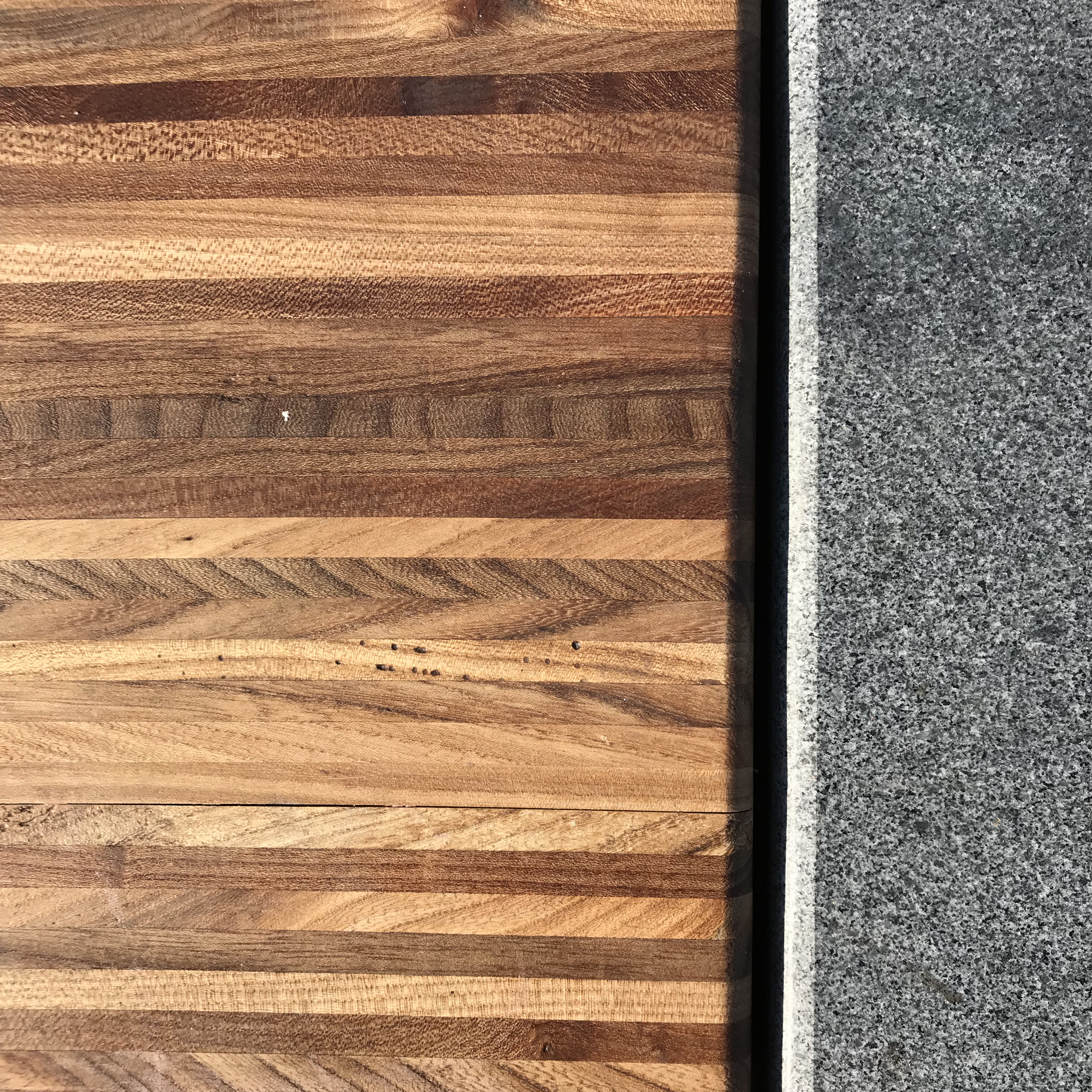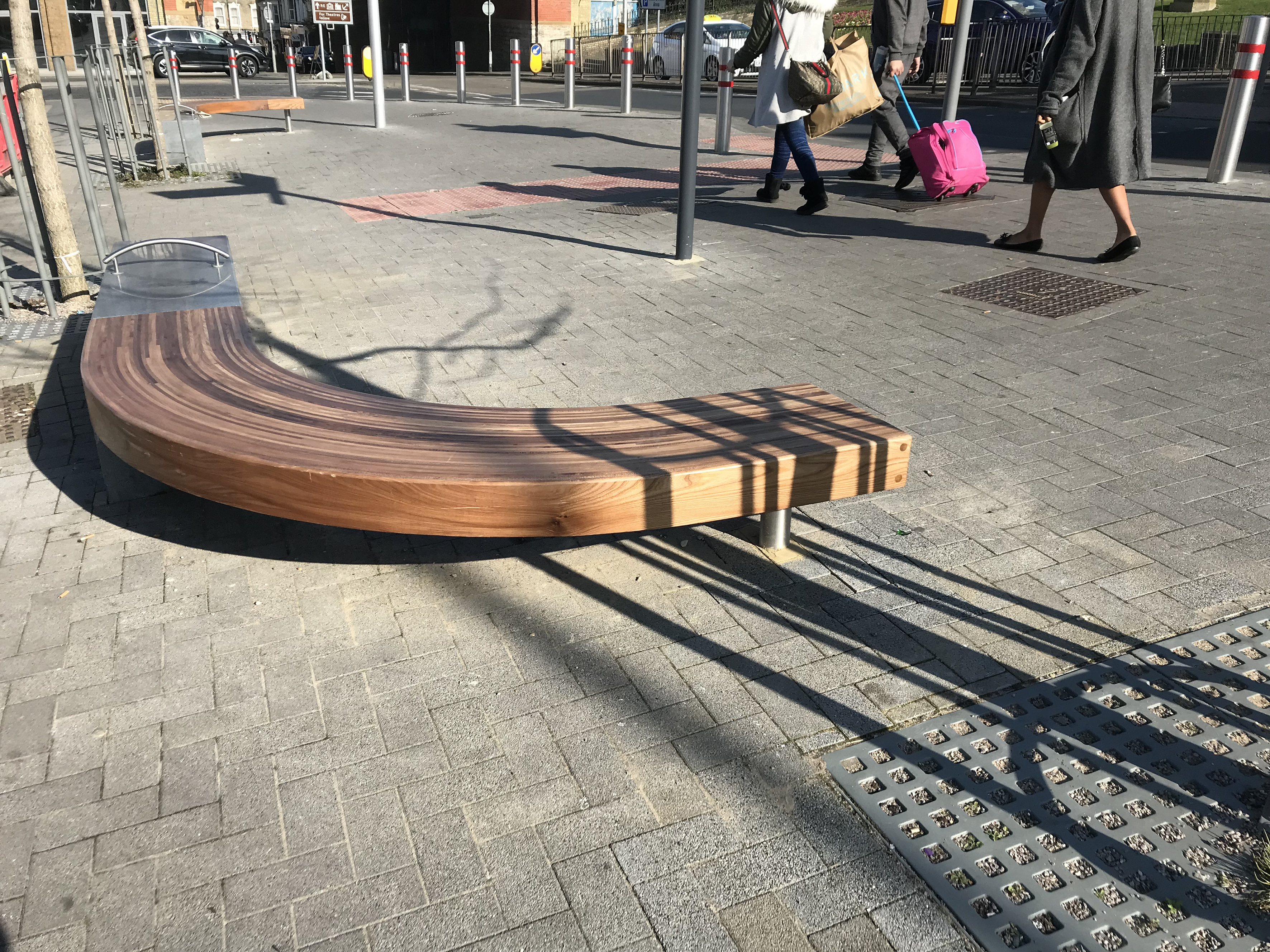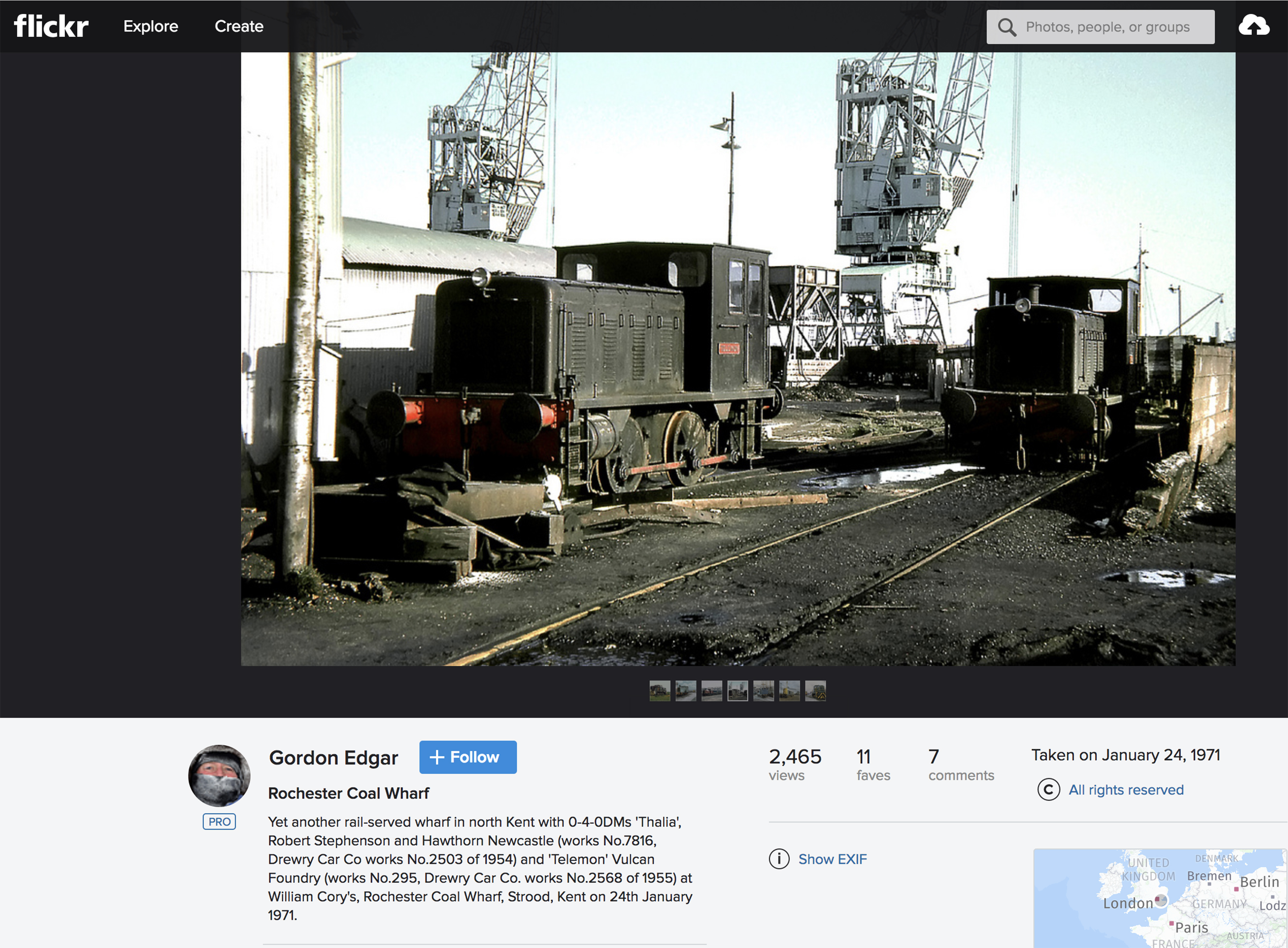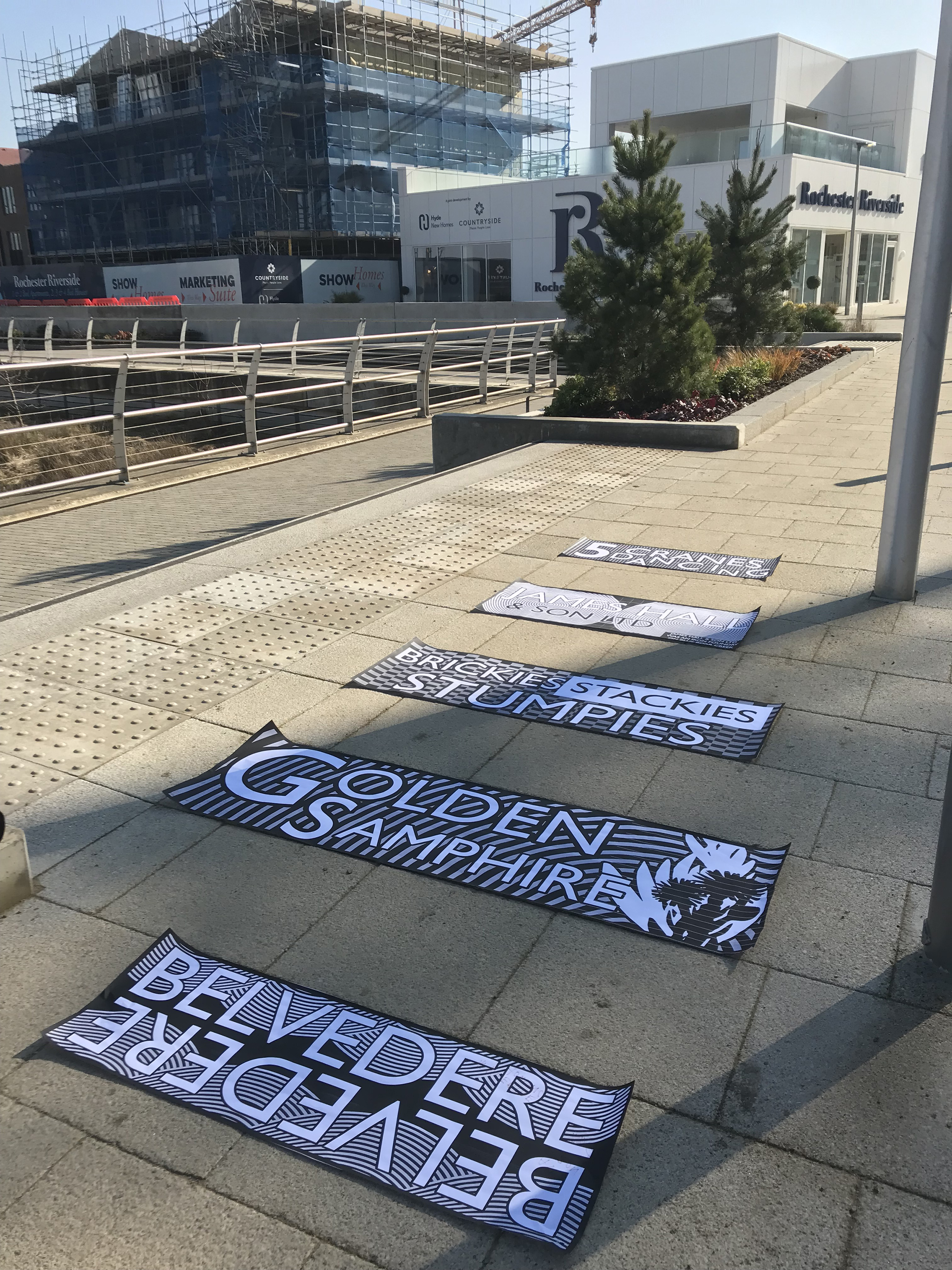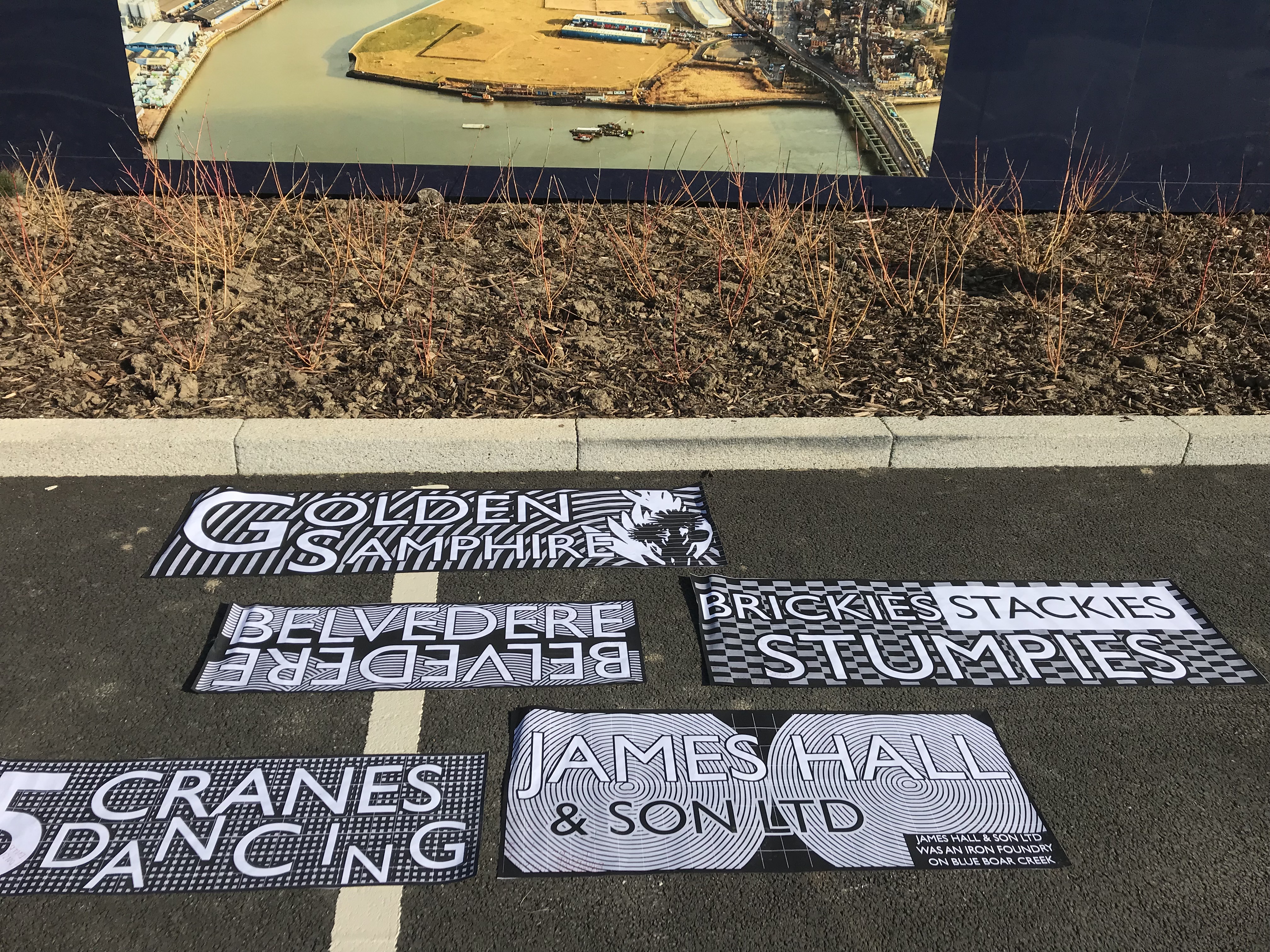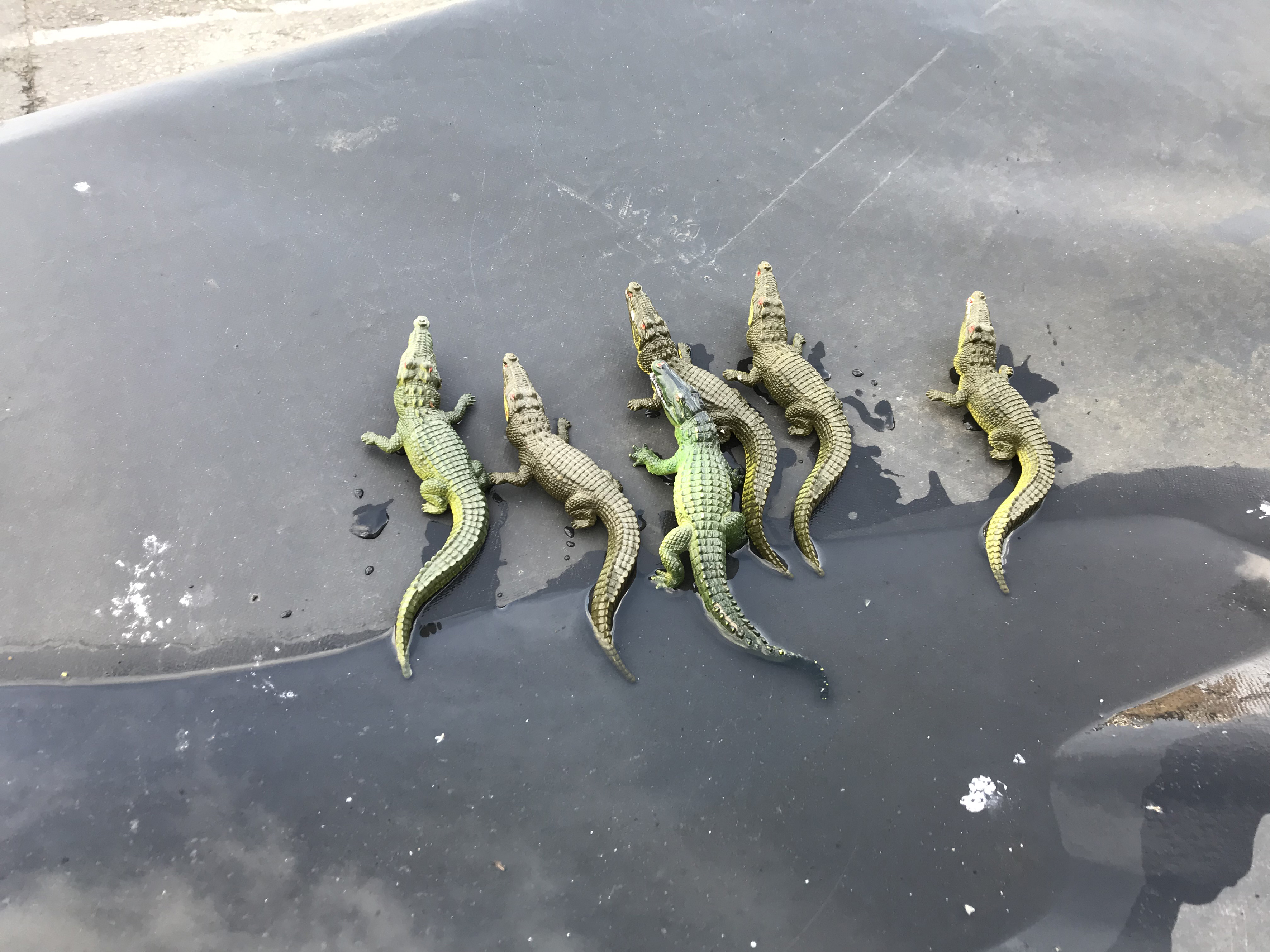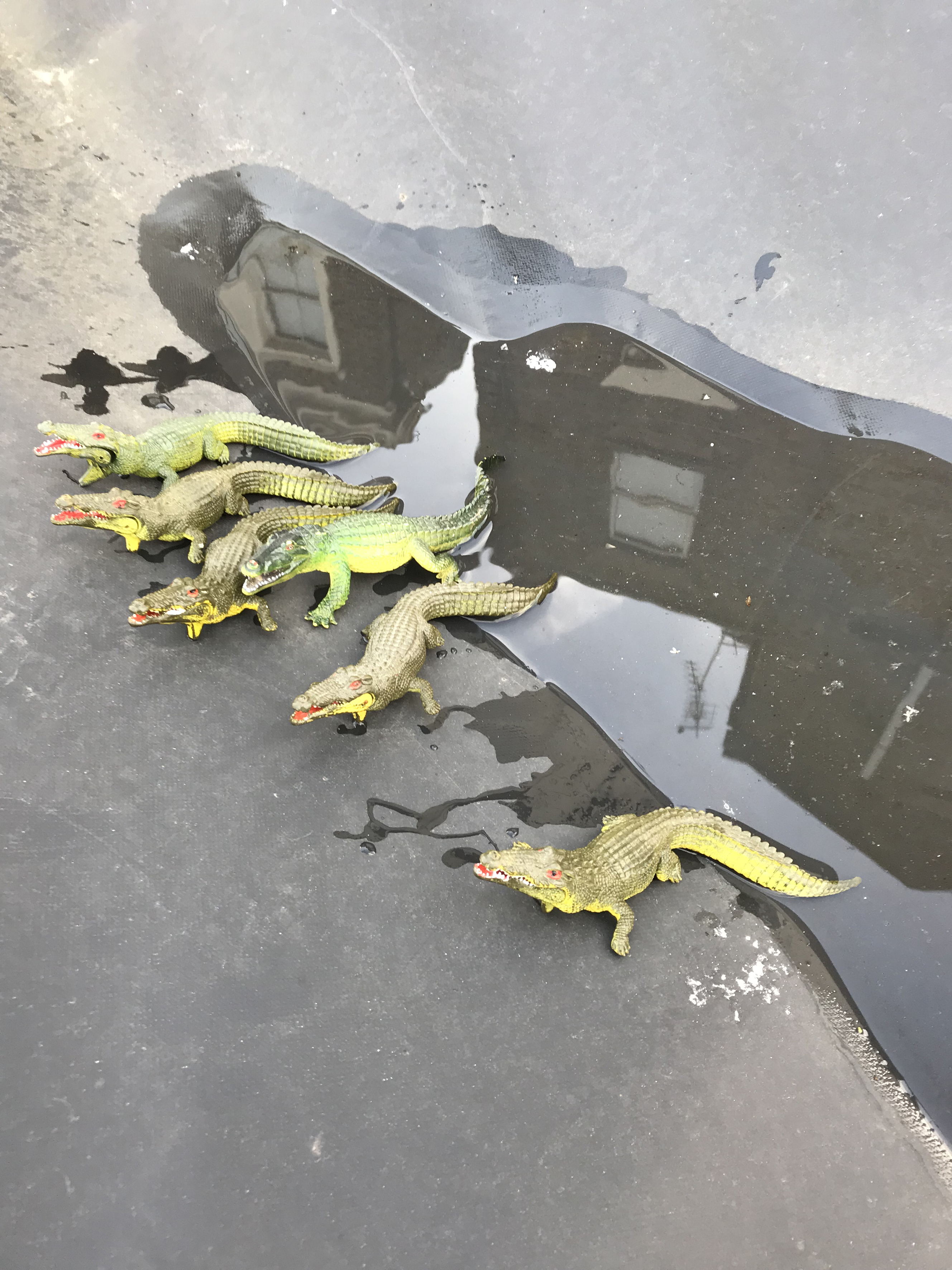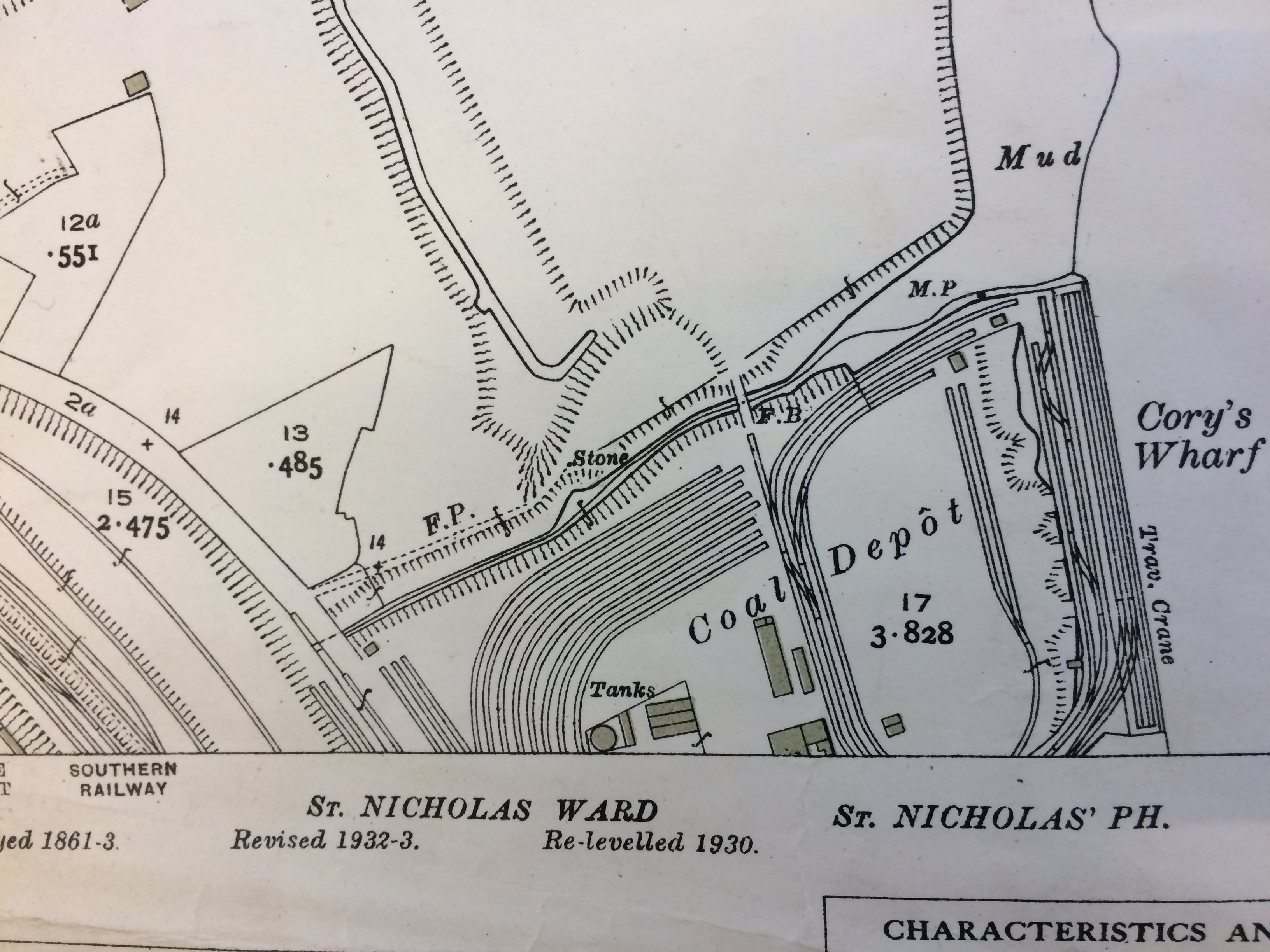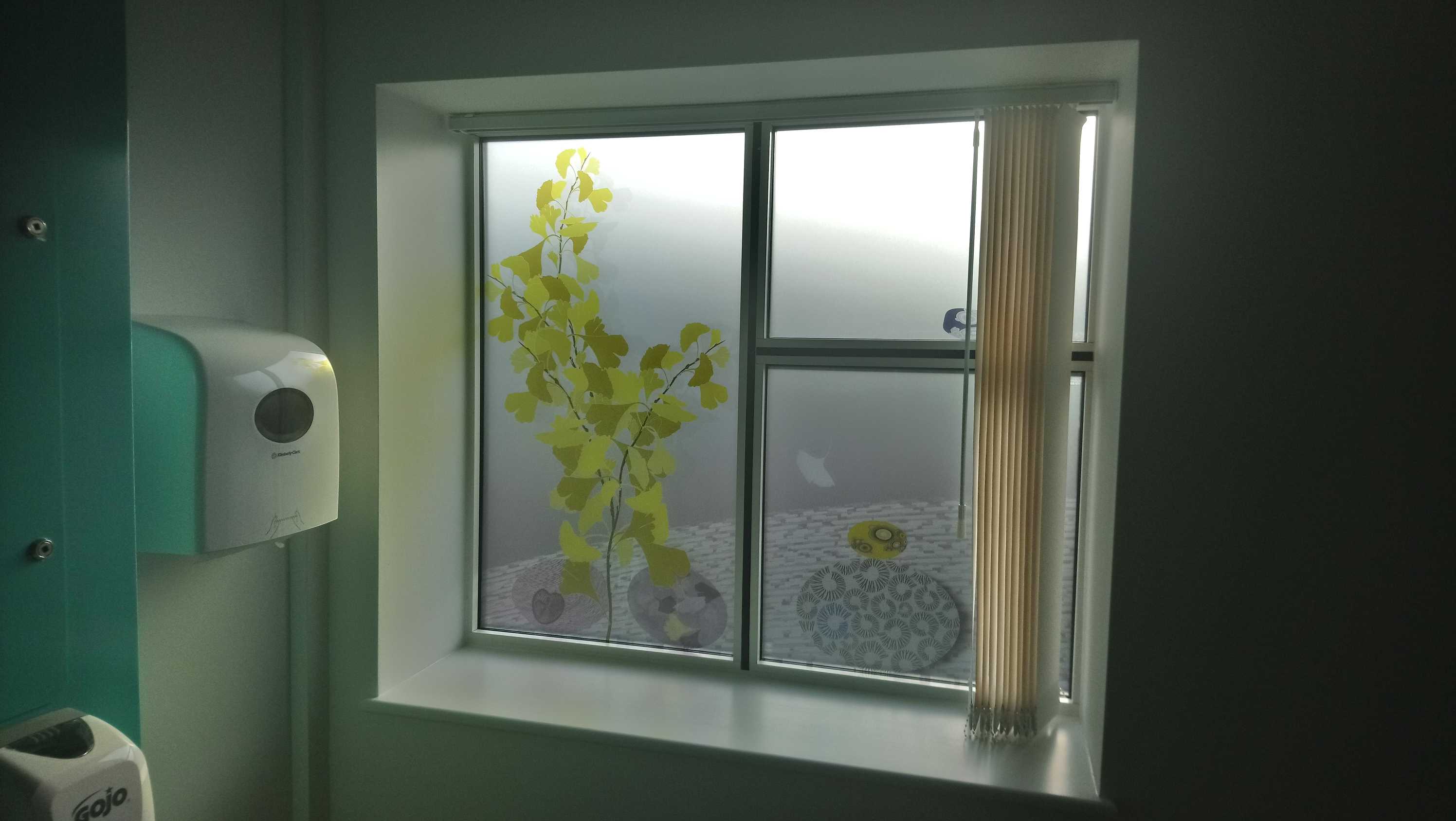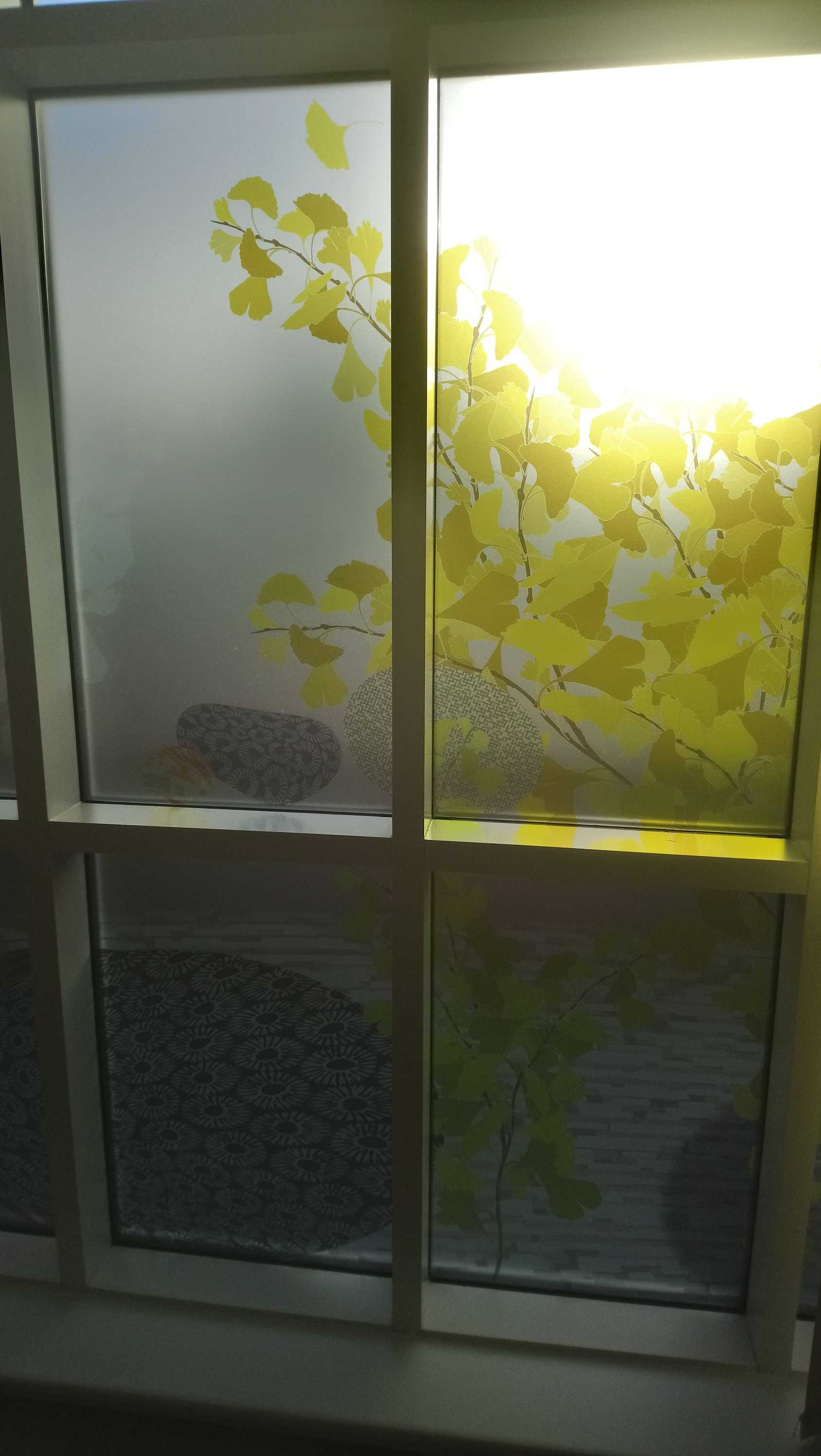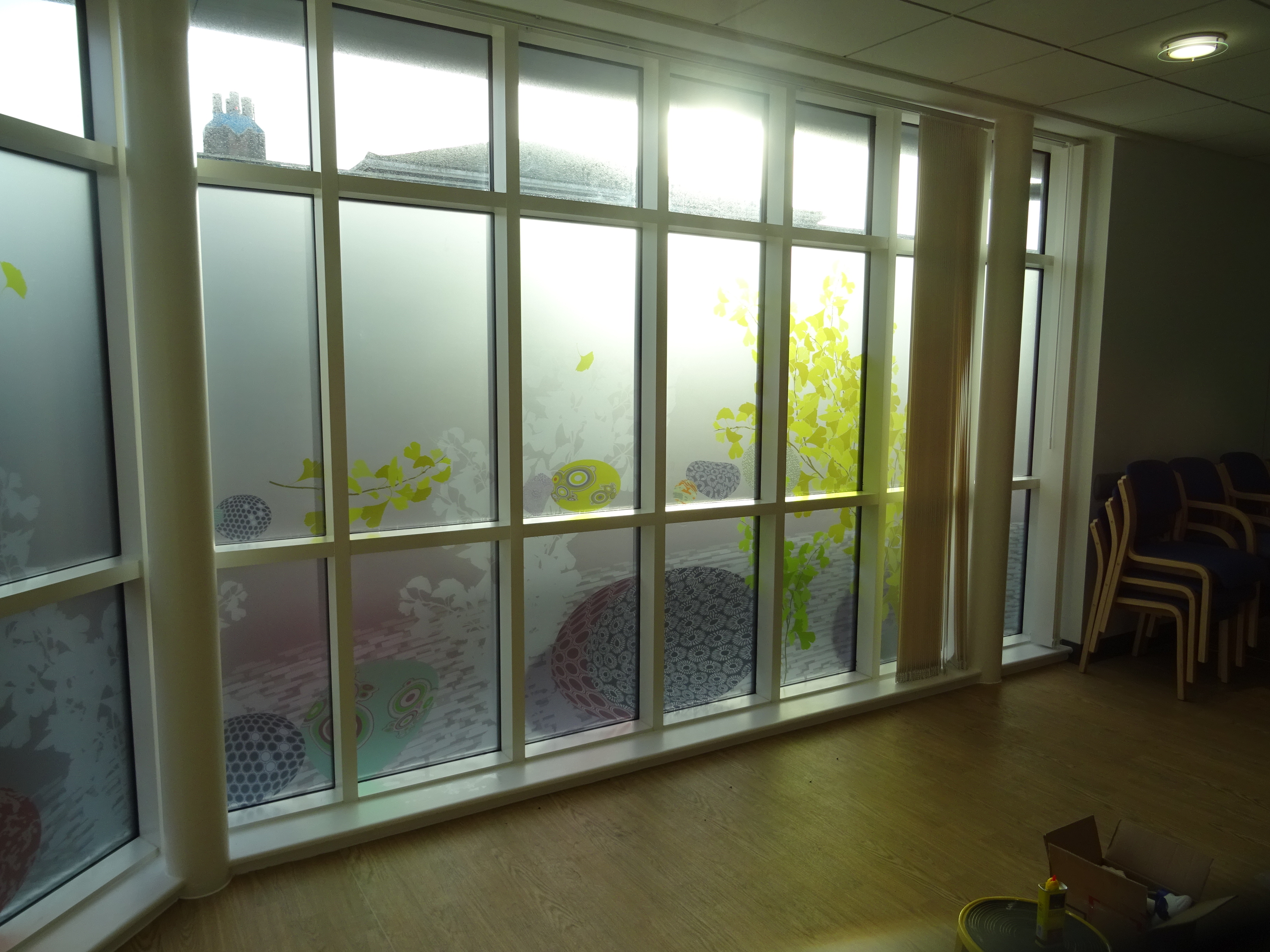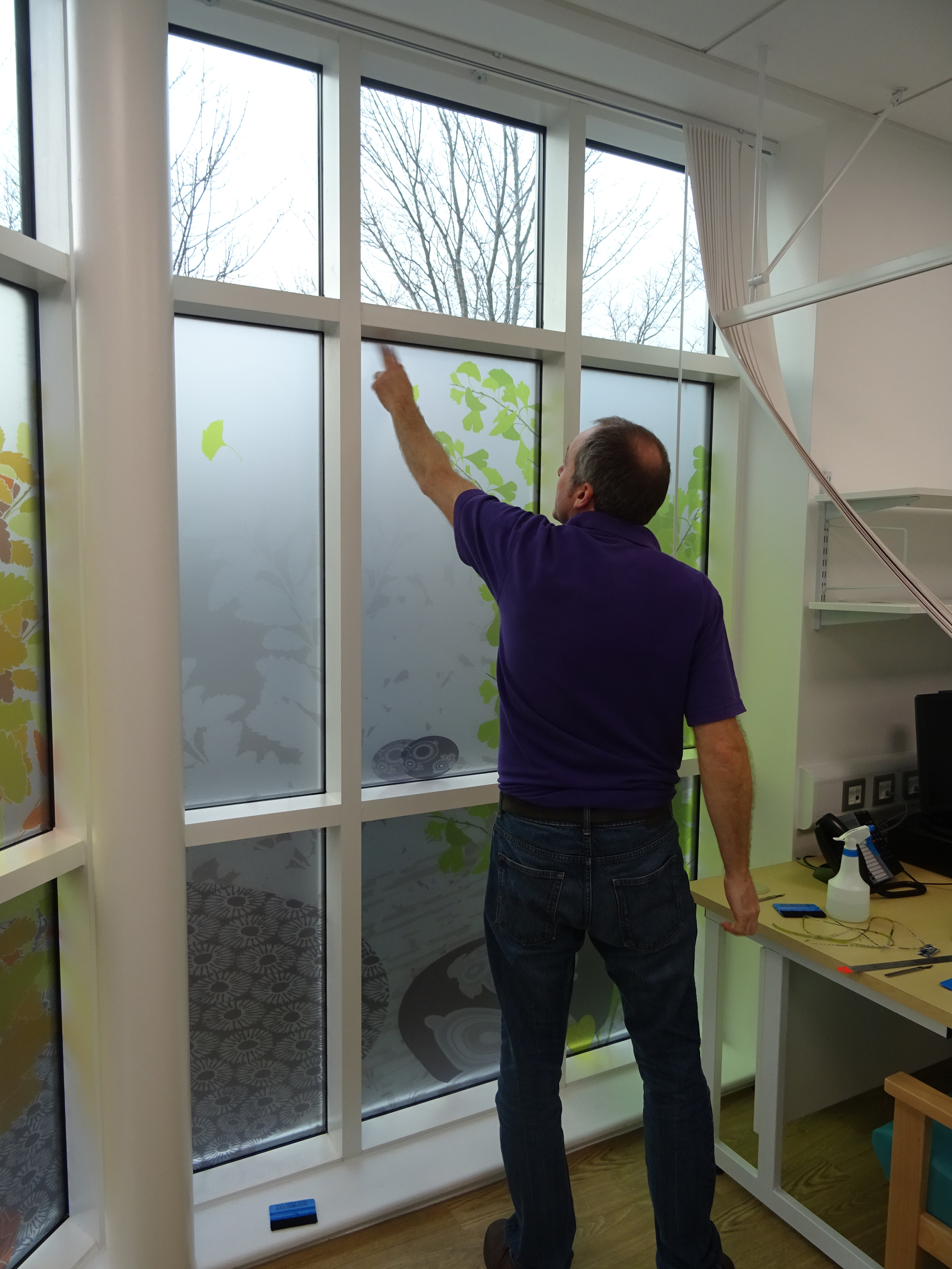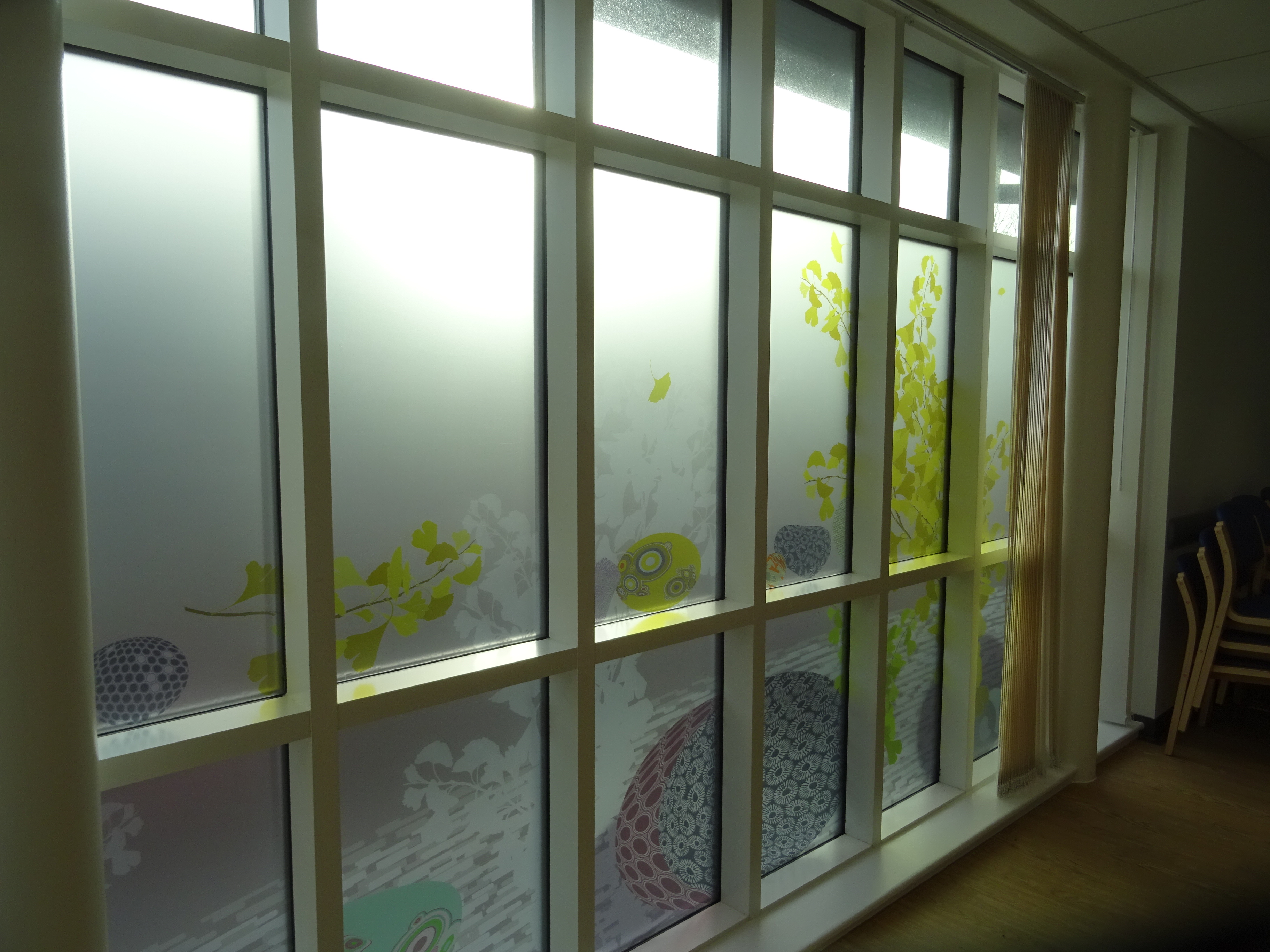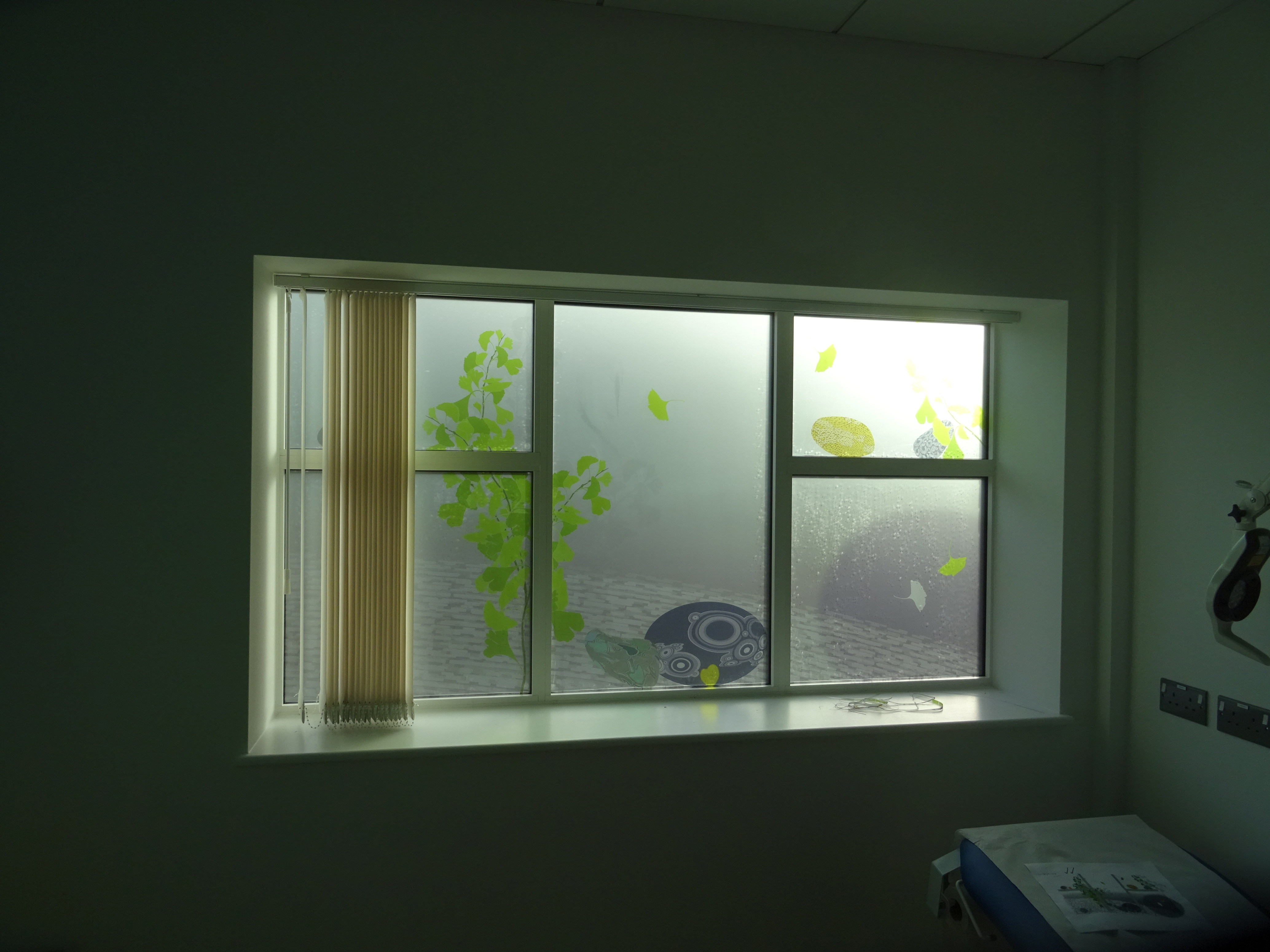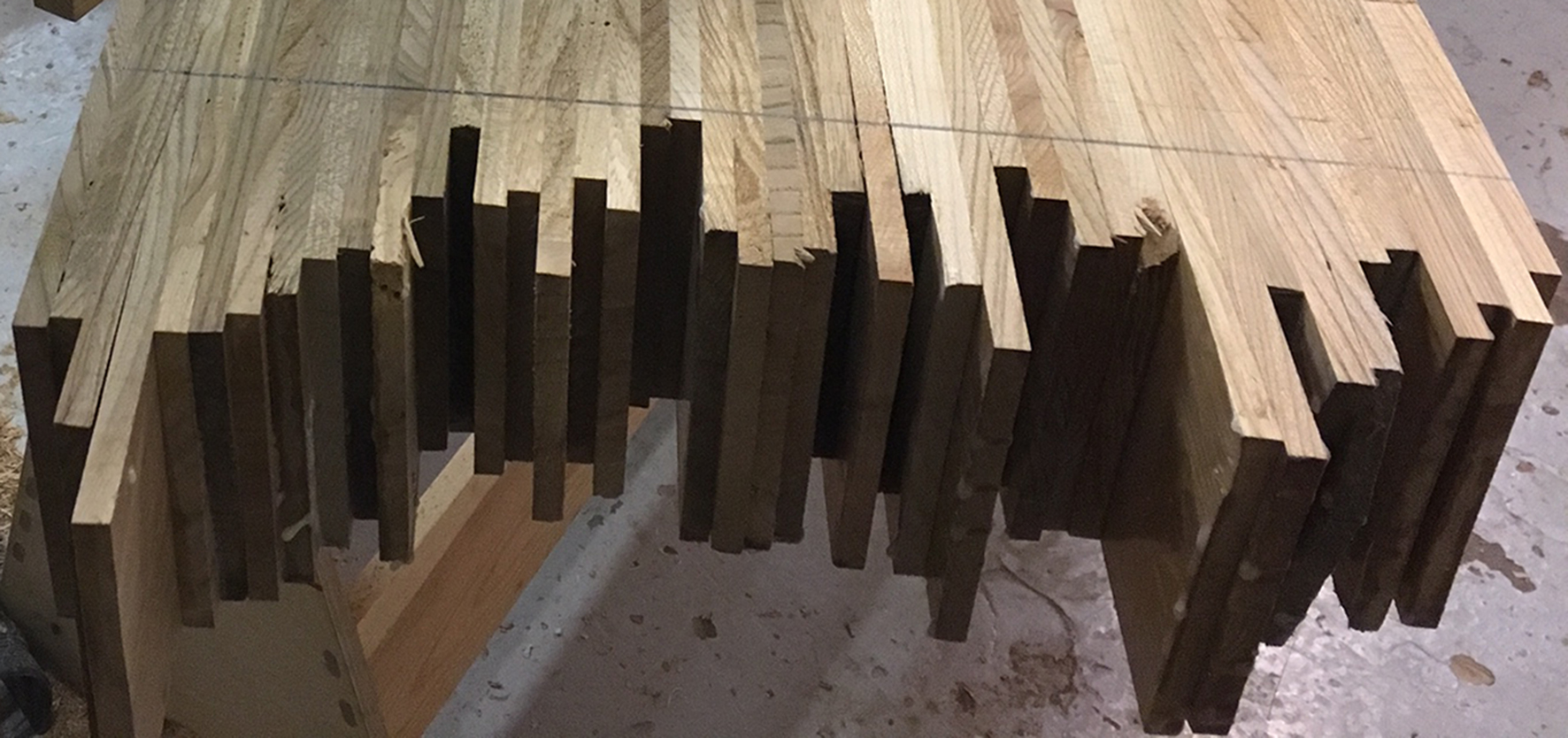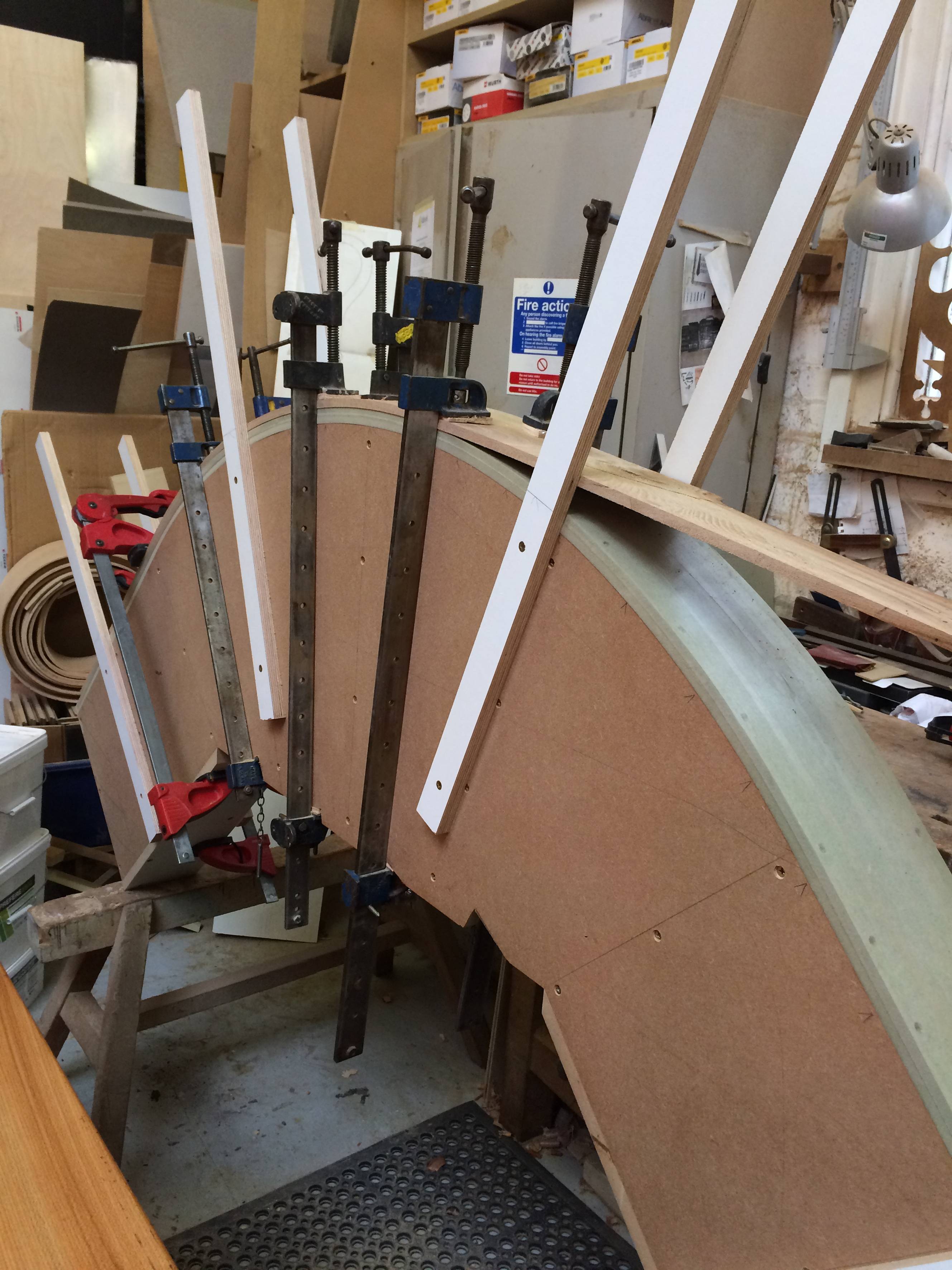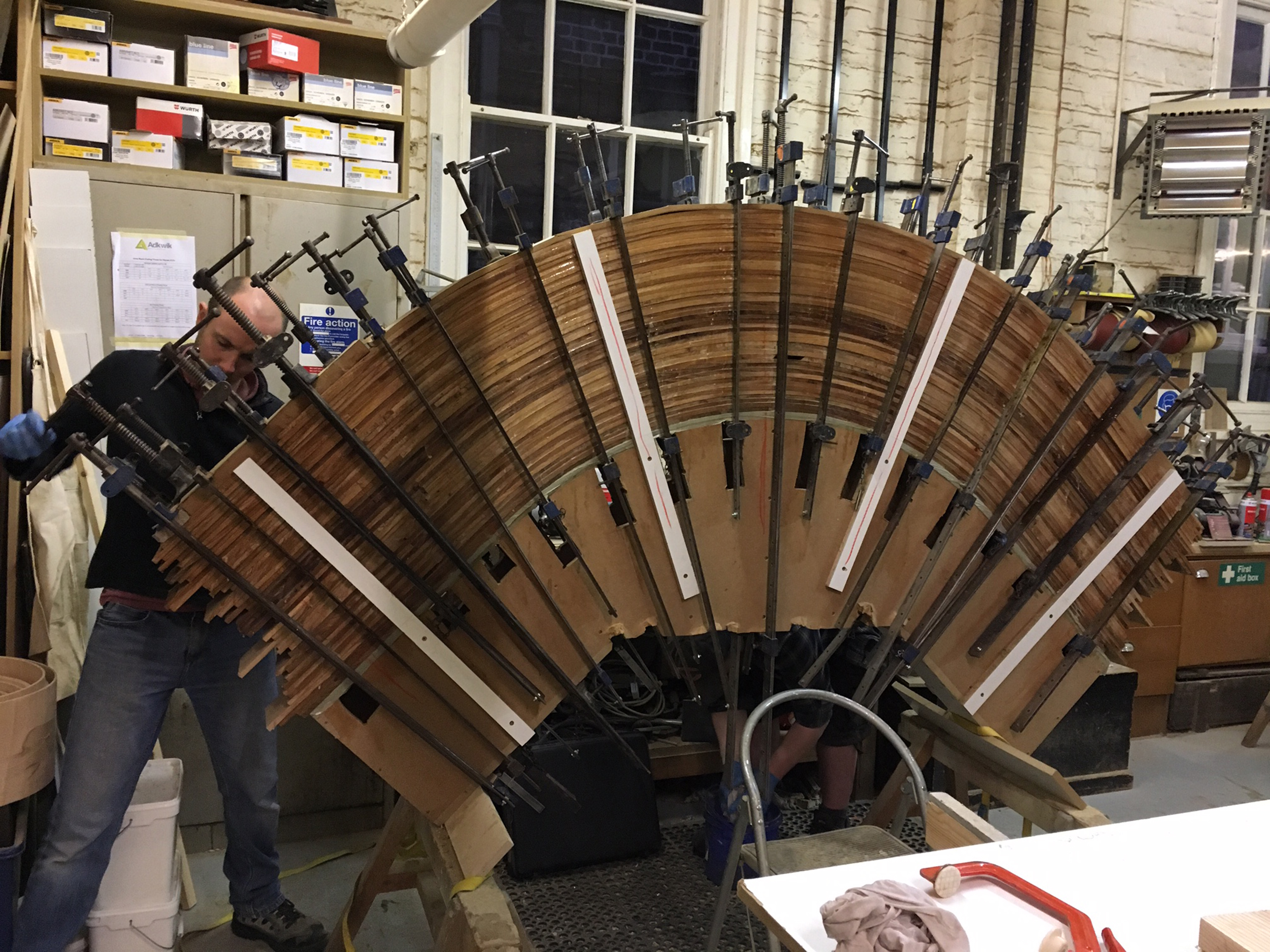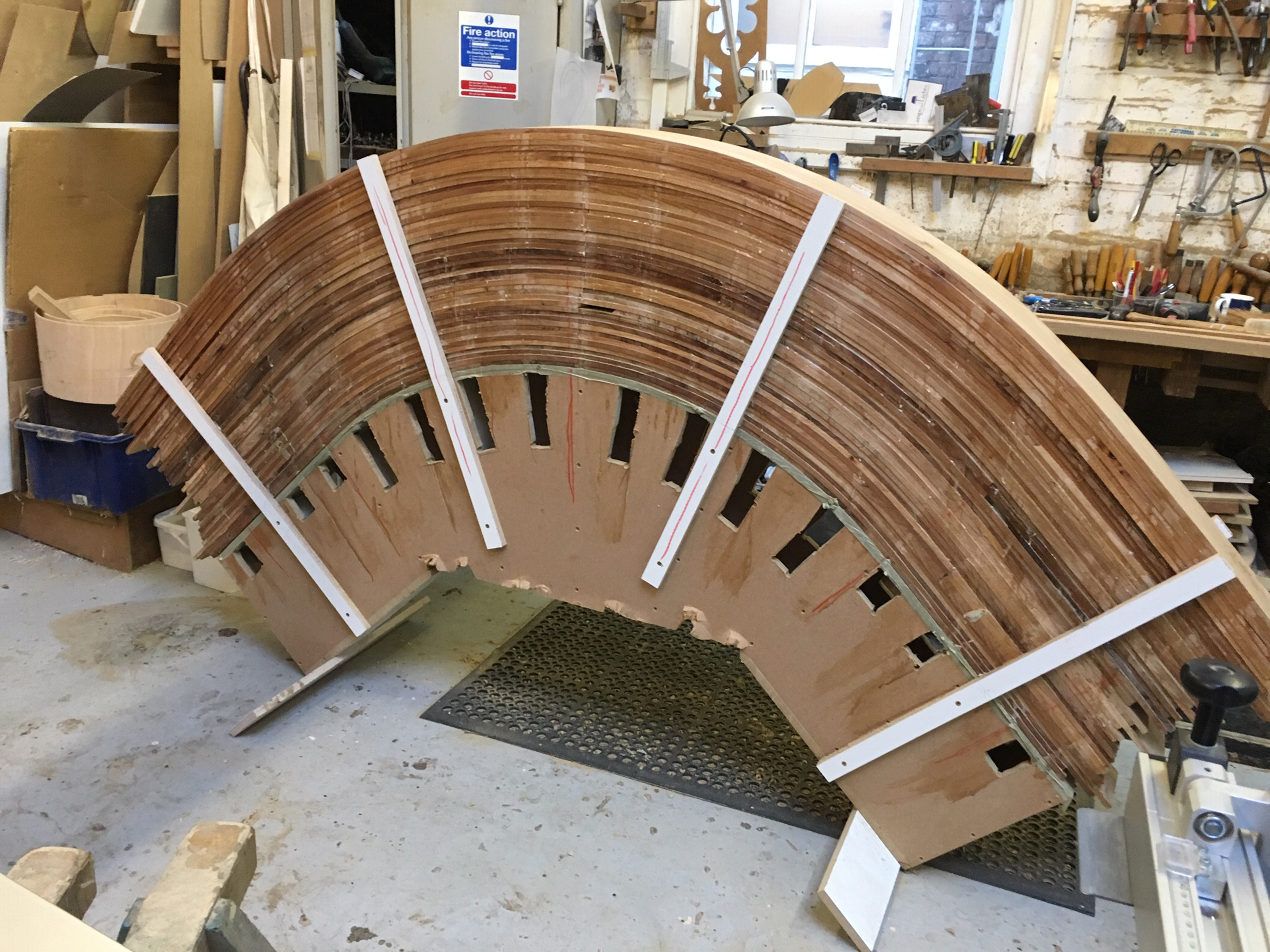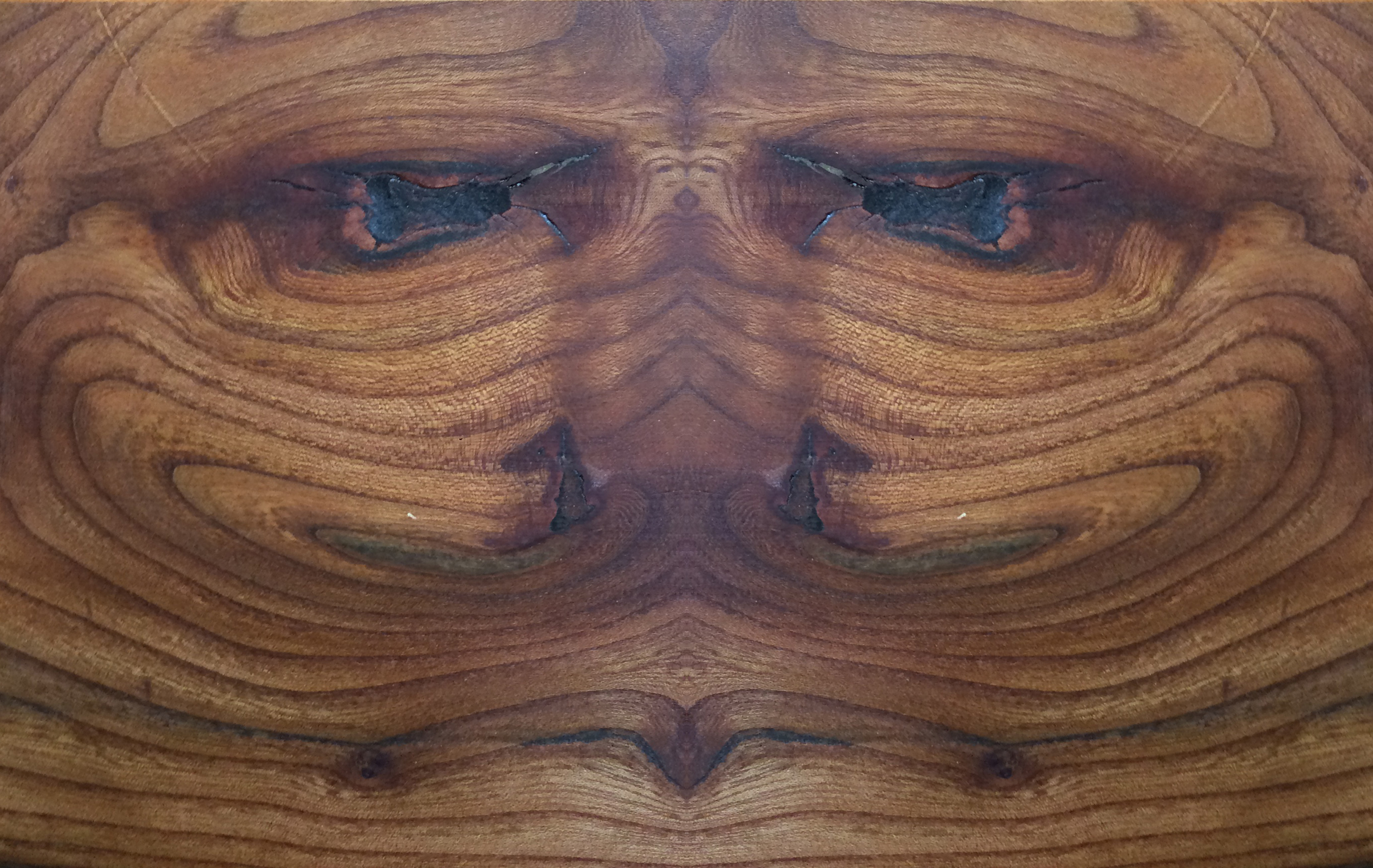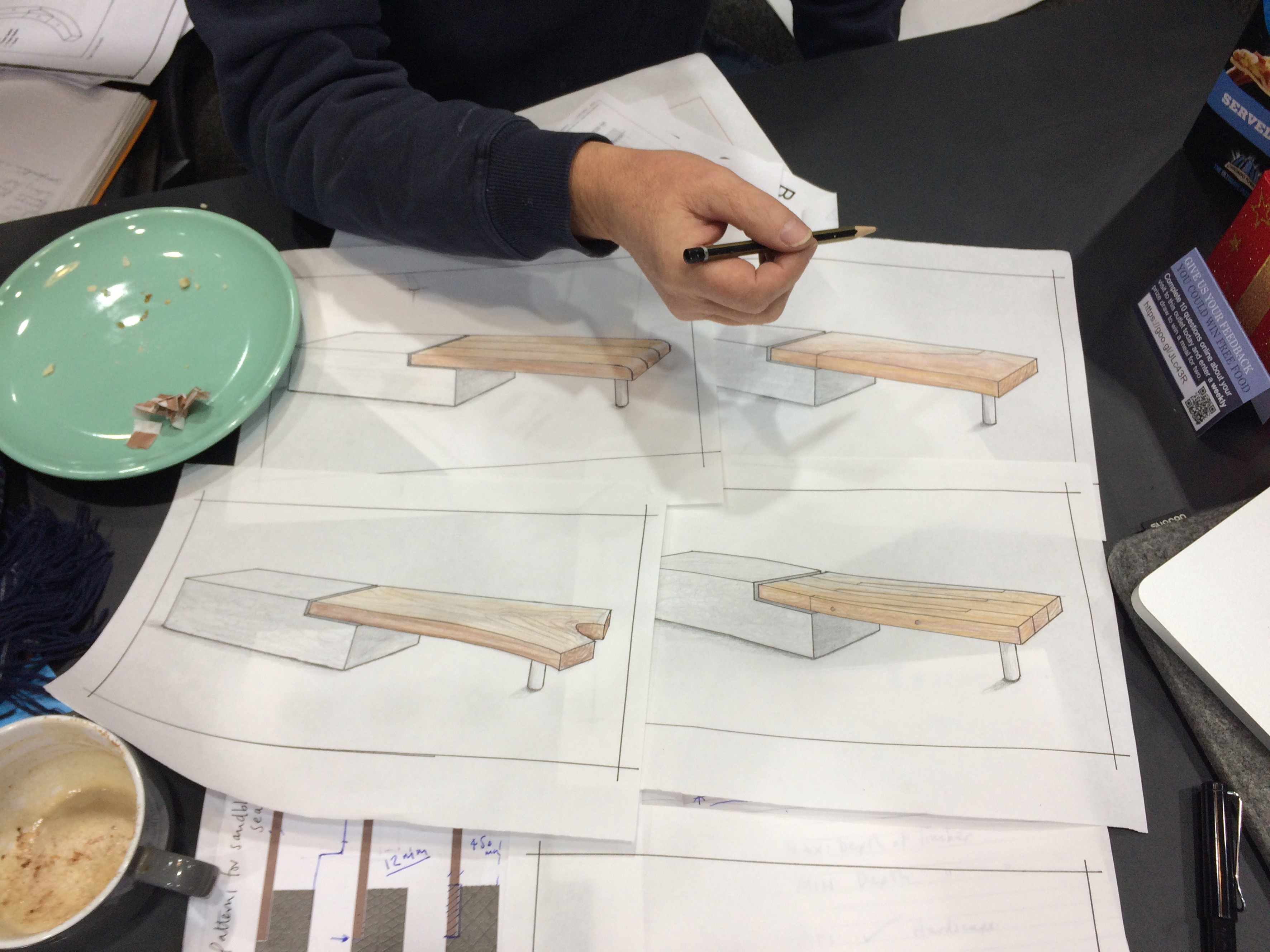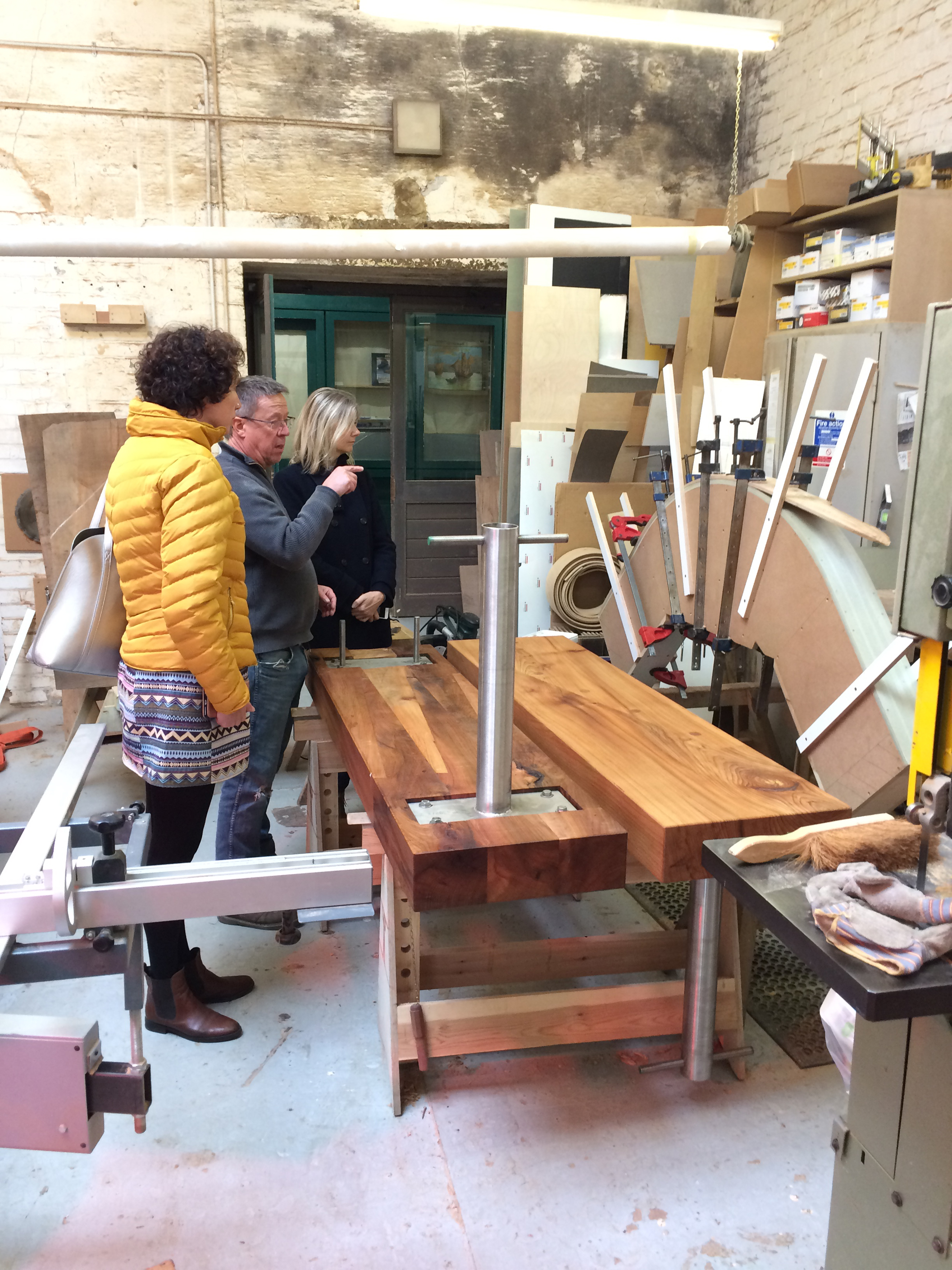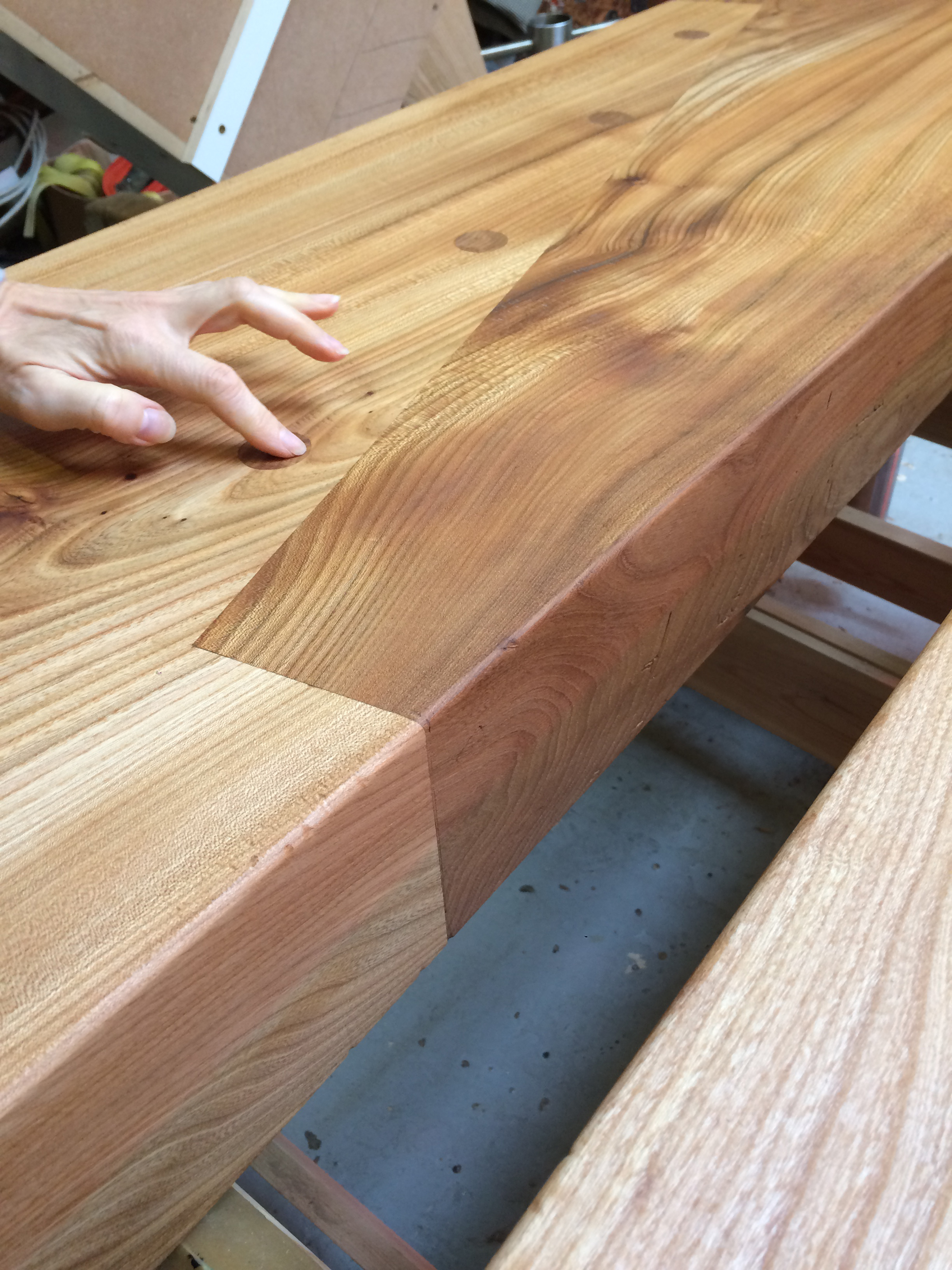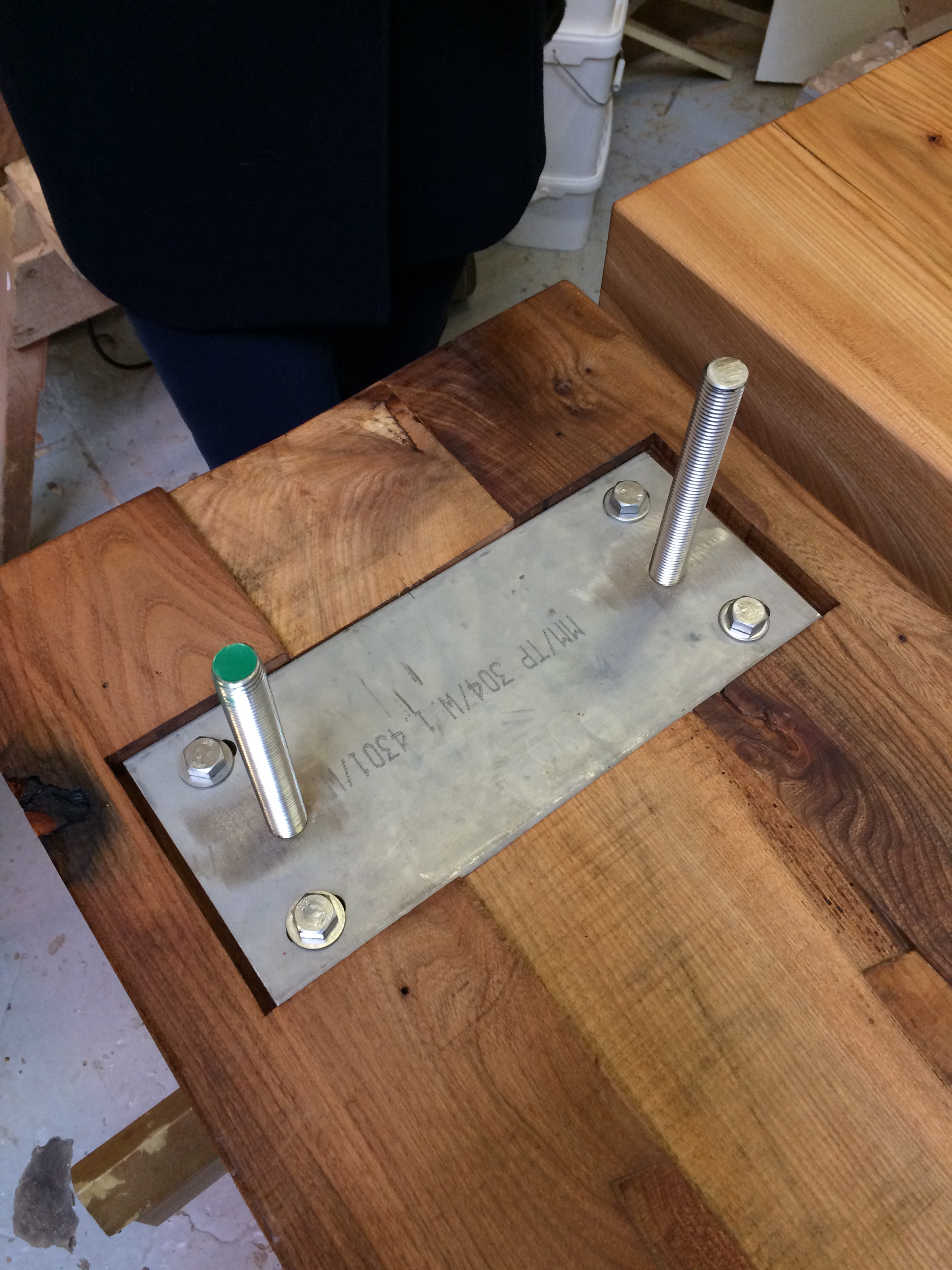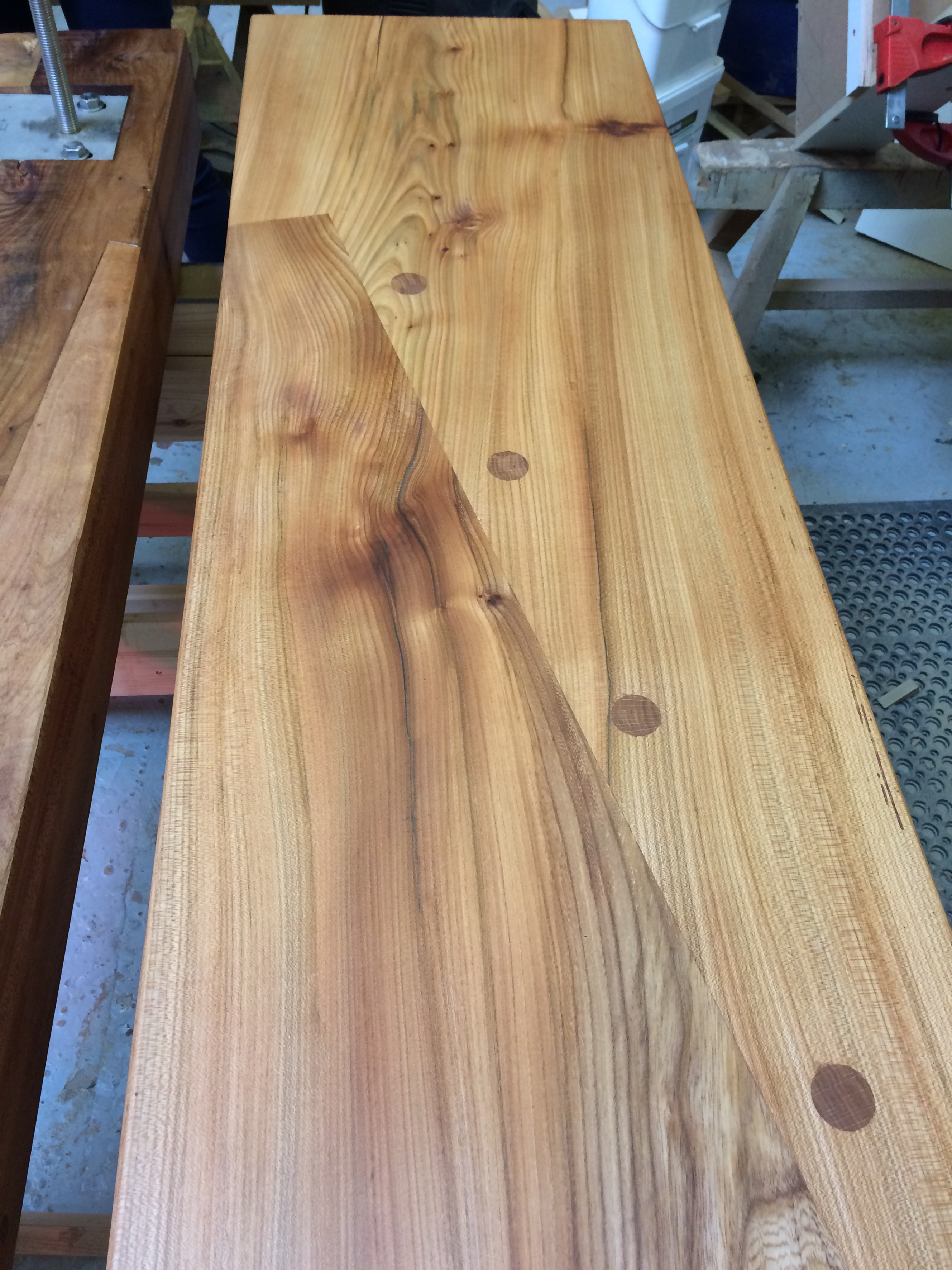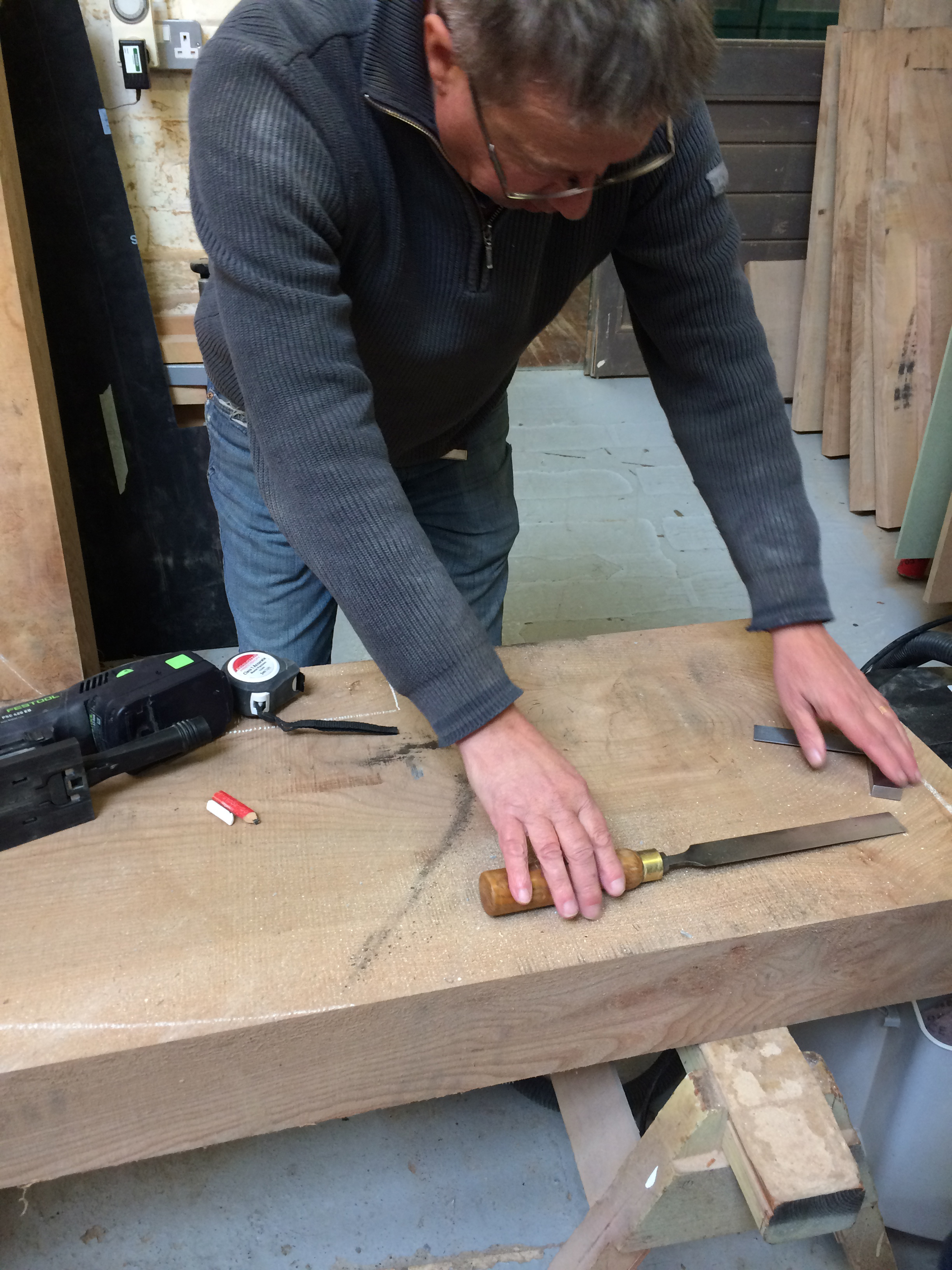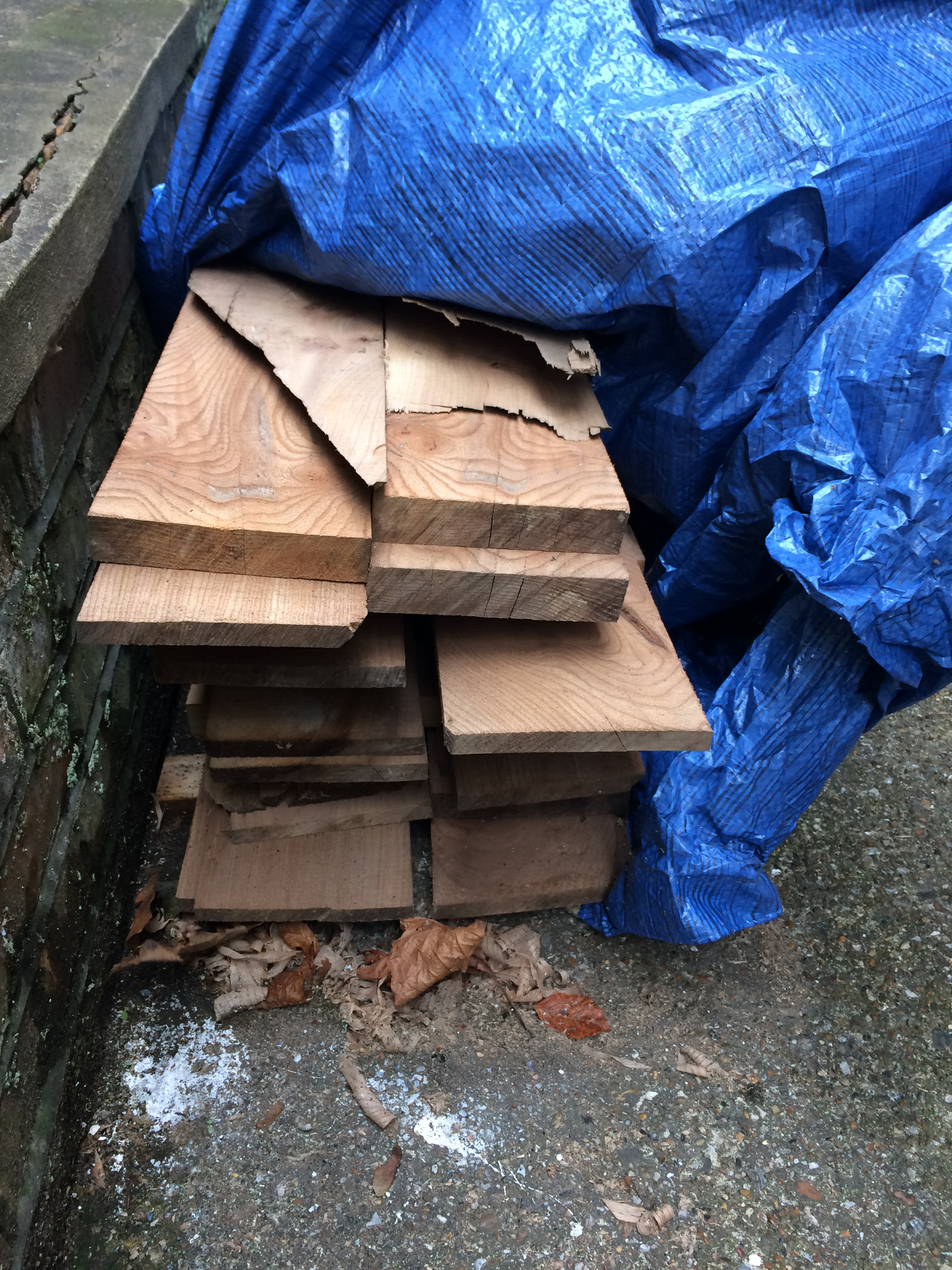Early beginnings…outlines…some thoughts and notes –
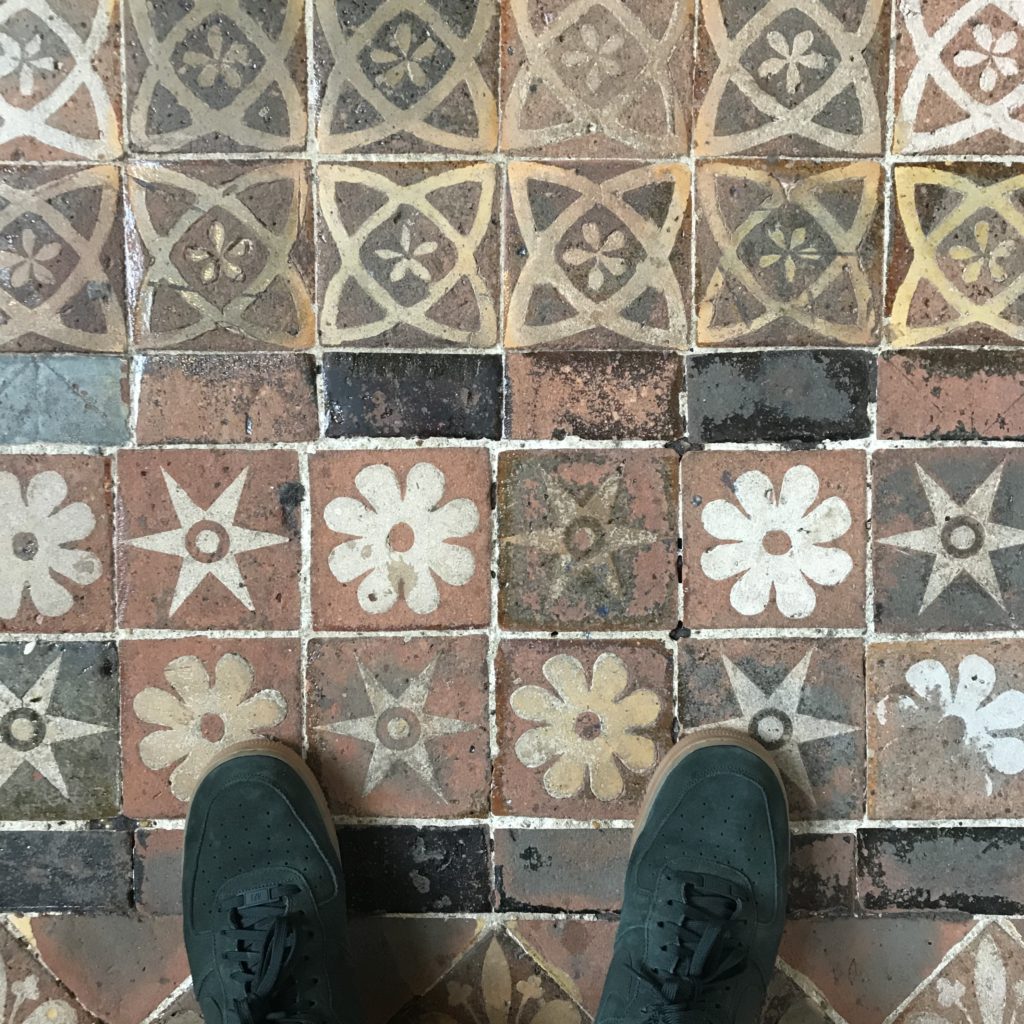
Actually, this short concept development project was commissioned in May 2019 by Winchester City Council . The brief called for creative & contextual research with which to frame a ‘concept-led’ draft scope for the inclusion of public art & interpretation within the Winchester Station Approaches project. The client’s Architectural & Urban Planning consultants LDS Architects have developed a Masterplan Framework & Public Realm for the Station Approach site, which has since been made public & my work may eventually be embedded into this scheme or influence the final detailed design for the public realm.
As a creative research-led project I have set out to celebrate the City of Winchester’s rich cultural history by examining its use of specific materials, decoration & craft skills within its architectural legacy and built landscape, with a particular emphasis on Winchester Cathedral, one of the largest Cathedrals in Europe.
The Station is the Gateway to the City, once the Anglo Saxon capital under Alfred the Great. As a Gateway the Station and its surrounding external environment should be above all else welcoming. The public realm is required to deliver this. It can also give visual expression, via its landscape, materials and detail to what may be discovered by visitors moving beyond the Station. The Cathedral, for example cannot be seen when arriving by train, when, by contrast the Cathedrals of both Bath and Durham present their magnificent architecture from afar.
This is still early days in research and concept development. No doubt this project will shape-shift considerably along the way.

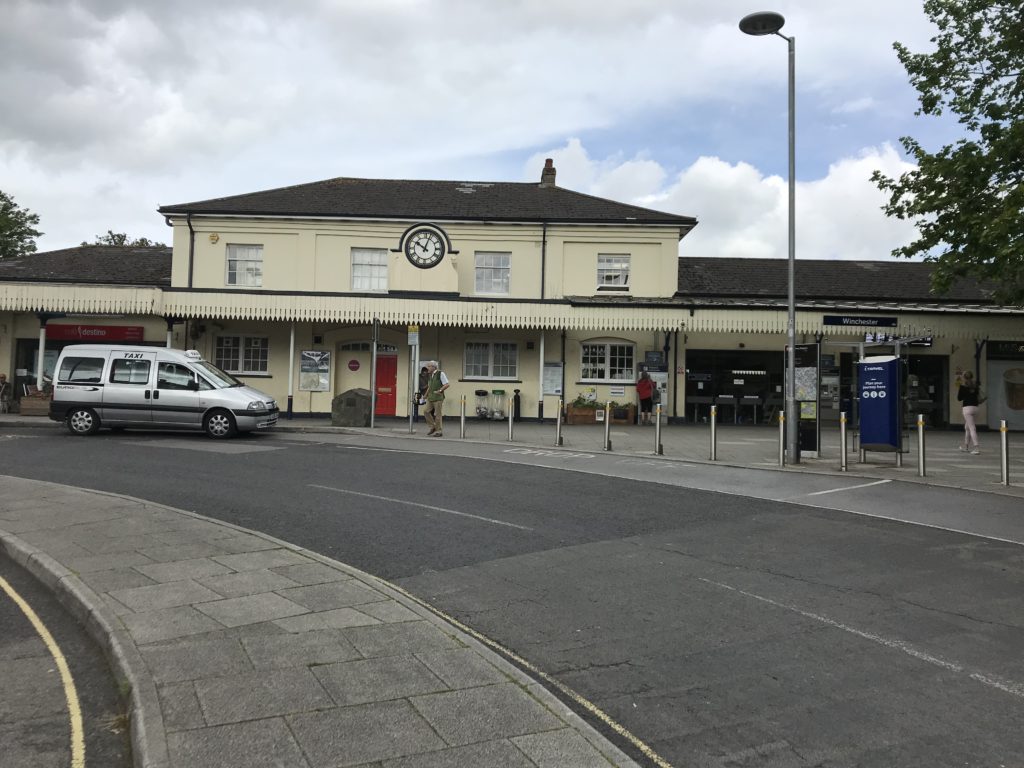

People come from around the world to visit Winchester.
5 million arrivals and departures recorded in 2018 –
What should this Gateway communicate about Winchester?
The Cathedral ?
The Cathedral was founded in 1079 – it is an astonishing 940 years old & we can still walk around it in the footsteps of countless others. The whole building was completed in the form we see & experience today in the 16th Century. The spectacular Nave in Perpendicular Gothic with Lierne Vaulting was completed in the 14th & 15th Centuries. The carved oak Quire Stalls were created between 1306 and 1309. We know who carved them & we know who repaired them.
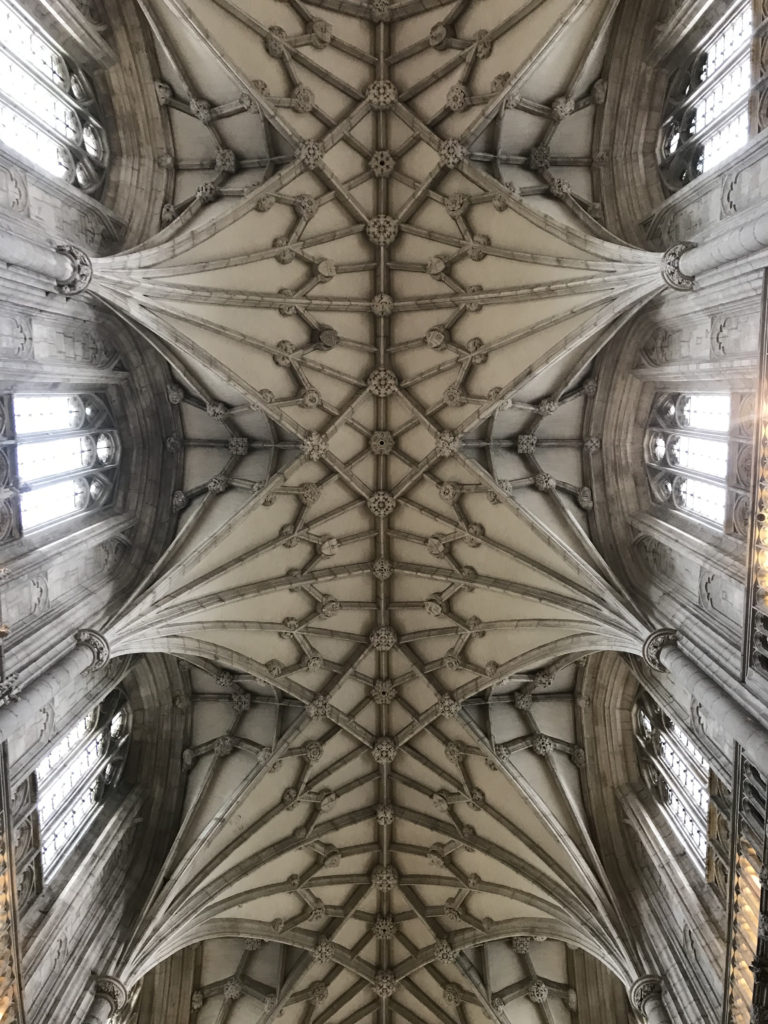
‘In the Christian Medieval world, this ‘arrival’ was rewarded through the sheer brilliance & breath-taking fusion of art & architecture as seen in the form of the Cathedral. This building was clearly at the heart of Winchester and England. It was the house of God and widely interpreted as the gate of Heaven, a world-renowned centre of pilgrimage, education & religious life’.
CONCEPT: to explore some the materials that built Winchester and, in doing so, reinforce their importance and role in communicating the cultural significance of the city. Rare & bespoke materials and craft can reflect this. These materials connect us to the past, the present & the future.
- Manufacturing and contemporary methods – crafts fused with the latest technology.
- Reflect the ingenuity and importance of the craftsmen & master masons of the age of Cathedrals. Illuminated Manuscript Illustrators and Master Masons were itinerant specialists – often travelling continually between great building projects.
- I am also influenced by the on-going work to maintain and secure historical structures. Cathedral Masons repair and replace stonework. Over time, this must lead to substantial renewal. This concept of gradual change and renewal is of great interest.
STATION FORECOURT
For Example: Solid or monolithic blocks used as primary public art sculptural artwork benches within the current forecourt plan submitted by LDS Architects – with secondary barrier benches in another repeating style.
OPTIONS: creative thinking out loud ! Materials could include…
OAK – inspired by the massive oak timbers in the cathedral roof & bell tower and the brilliance of the carving in the Quire Stalls.
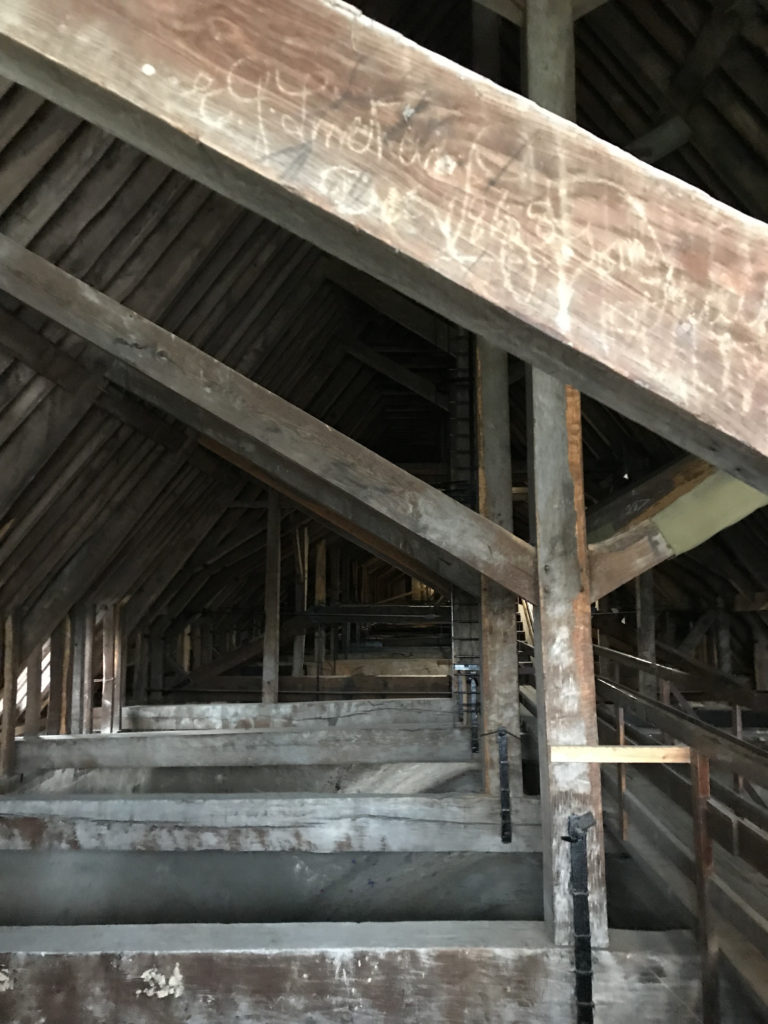
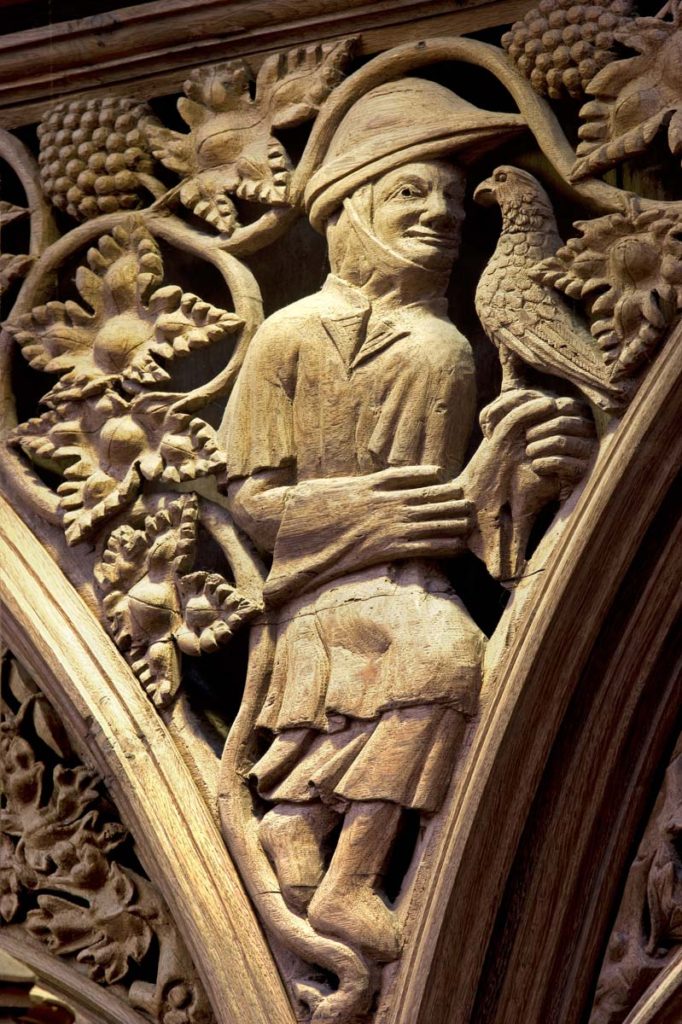
TOURNAI MARBLE – The beautiful 12th Century font – see below – sculpted from a single massive block of blue black carboniferous limestone, known as “Tournai marble“, was quarried from the banks of the River Scheldt’ & brought from Tournai in modern day Belgium. These were extremely rare and highly prized medieval luxury items. The natural stone is 135 million years old.
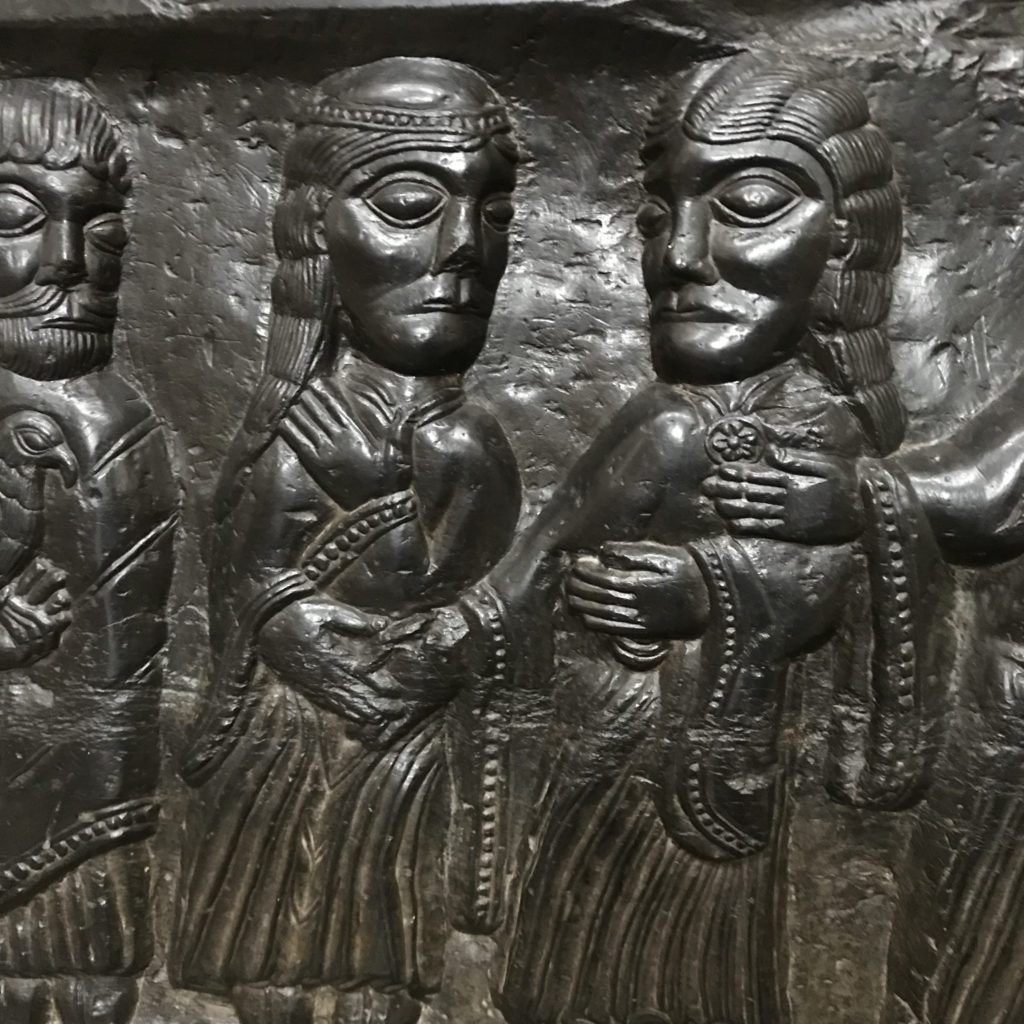
Bench Three: SWEDISH MARBLE – see below – this was considered an exotic imports from the Baltic states & illustrates the connectedness of Winchester to other places through trade and pilgrimage. This ledger stone is for Francisca Clobery, the daughter of Sir John Clobery. She died in 1683 and her grave is in the south aisle of the Retrochoir, in front of her father’s monument. Sir John was a 17th Century Merchant with connections to Europe.
Alfred the Great twice went on pilgrimage to Rome, the first time as a young boy in 853AD. I can’t but wonder if he had seen the Pantheon & the astonishing interiors of marble clad walls and polished patterned floors?

GLASS – The huge medieval stained glass West Window was smashed by Cromwell’s forces in 1642, but the fragmented remnants were gathered together and the window eventually restored maintaining the fragmented style.
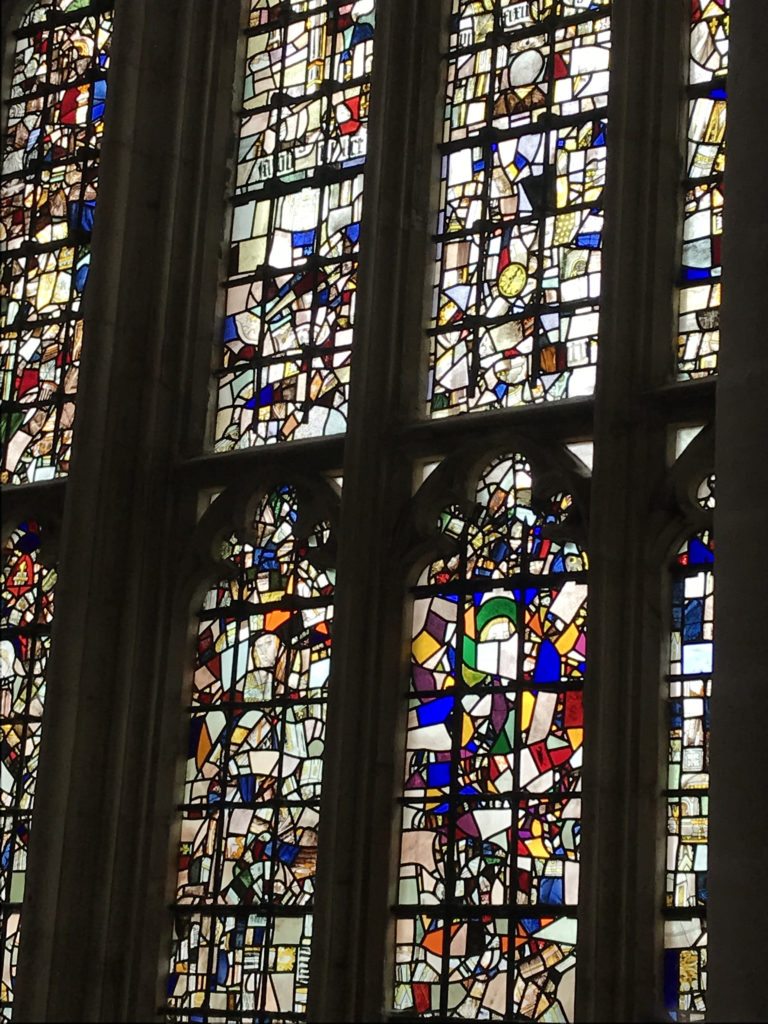
CAST IRON – GUN METAL – Jewell & Son, City Foundry, between Middle and Lower Brook Street in Winchester was owned by the Jewell family and made components for the GWR Railways Winchester to Newbury Line. It was one of several iron foundries in the city. The coming of the railway and the ensuing Victorian Industrial Revolution brought massive change and population growth to the city. On each of the bells of the Cathedral it is recorded that it was ‘Recast by John Taylor and Co., Loughborough, 1937’. John
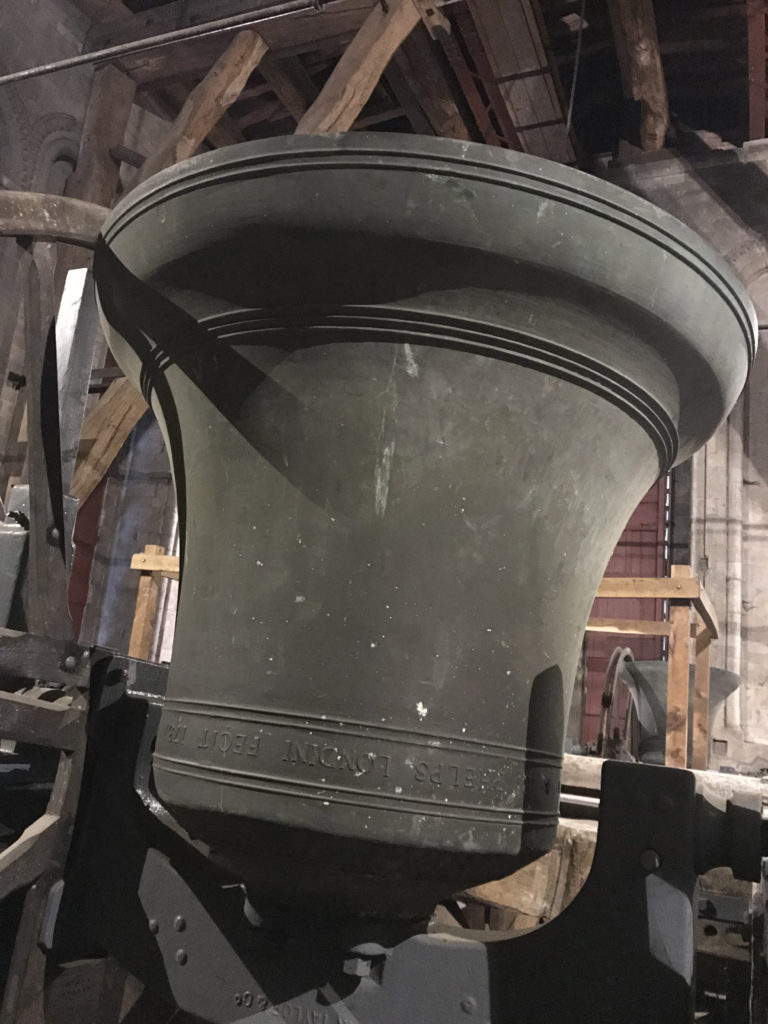
TERRAZZO – a fusion of fragmented materials with the
ARCHITECTURAL CERAMIC – Much of Winchester is built of brick and tile, with clay locally sourced and manufactured & fired often close to the site. The Cathedral has an extant 13th Century pavement of inlaid ceramic including many beautifully reproduced in the 1960’s.
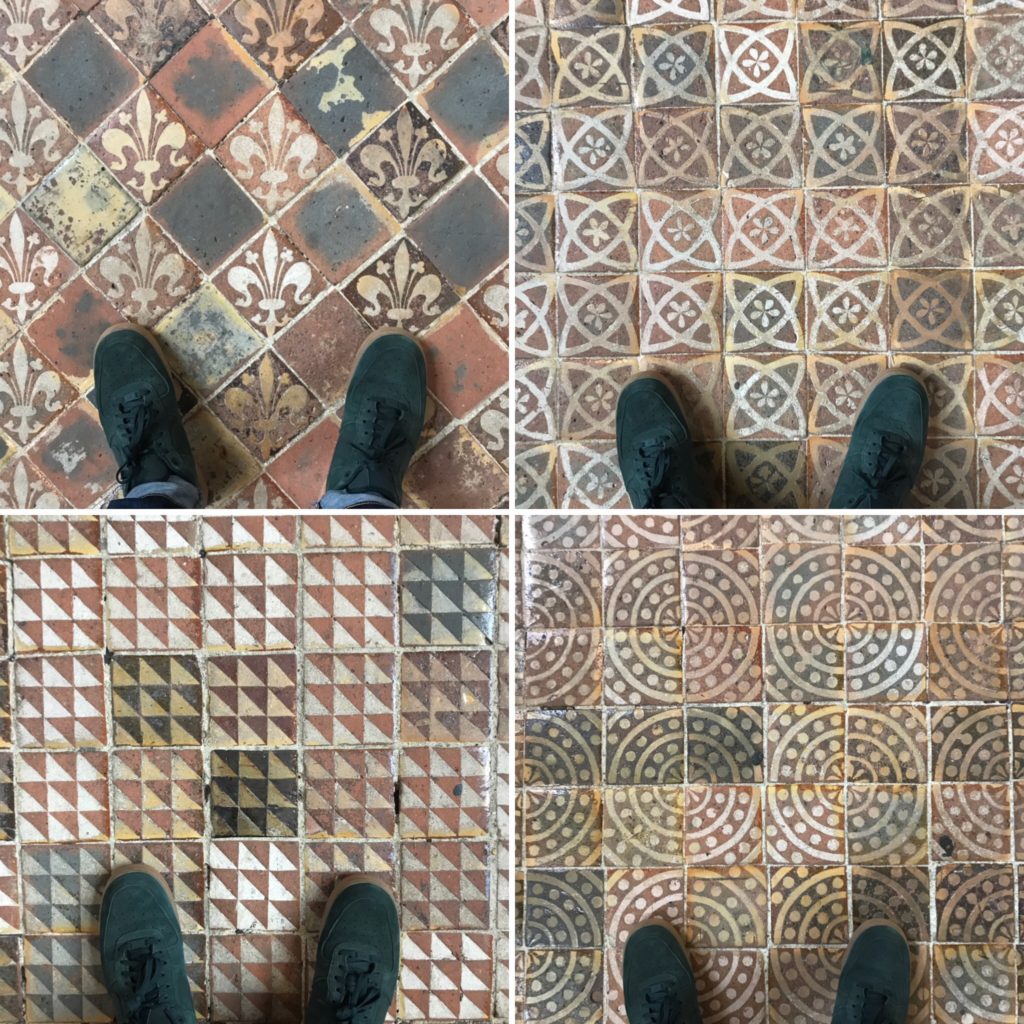
GRANITE – Granite is not a historic building material in Winchester, nonetheless it does appear in various forms within the city centre. however, For example, the plinth for for the statue of Alfred on the Broadway (1901) is made of granite. Brought by rail from Penryn in Cornwall , at the time they were the largest blocks of granite ever moved – and processioned by steam tractor through the streets of Winchester – at the height of the second Industrial Revolution and Victorian pomp.
FLINT – a quintessential Winchester material.
SANDSTONE –
LIMESTONE –
These materials could be treated in the following ways:
Materials could be cut, laminated and re-cut to present a geological and decorative expression – using the latest manufacturing technology. Surfaces can be inlaid, laser etched, sandblasted or textured to provide variety and narrative. Objects can be cast, moulded or carved.
Lines & intersections within the general forecourt paving scheme suggest way-finding & direction but are also resonant of the magnificent Cathedral Lierne Vaulting, a high point in Gothic Architecture & engineering skill – the crossing and interweaving of stone vaulting providing the myriad crossing points and junctions for decorated bosses. Within the Station forecourt and approaches, these paving lines will intersect, at which point more focussed detail could be embedded in the form of robust but beautifully finished granite or cast iron units. These lines extend outwards from the Station Forecourt up Station Road and down Station Hill. I would propose to extend interventions and interpretive artwork in this direction to encourage the preferred pedestrian routes.
Pattern & Decoration seen throughout Winchester and fused into an astonishingly beautiful form in the Cathedral reflects the local & natural world of flora and fauna, alongside the non-secular world of Christianity and faith. I am inspired by the brilliance of illustrated manuscripts, such as the Winchester Bible & Botanical Manuscripts held in the Cathedral Library and Archive. Fragmented details of these motifs could be used to animate the forecourt and Gateway, but also to give clues to visitors and locals alike as to what may be found within the City.
Secondary Barrier features nearest to the highway could all be in the same material – granite or sandstone. Reinforced concrete base structure could be stone clad or be used as an immoveable base / foundation.
The fusing of architectural styles, which in turn create a legible & experiential timeline over hundreds of years in the Cathedral is an on-going inspiration.
Intersections
Meetings
Crossroads
Carfax
Quadrifurcus
Conduited Water flowing under the City
Streams and Rivers and Water Meadows – Mill Ponds
Quietly Communicate this concept – Beauty, architectural and cultural heritage, technology, creativity found in the City of Winchester using a palette of resonant and contextually intriguing materials, textures and narrative (tell good stories!) –
I am also researching the following:
Sussex Brewery & Reservoirs on the Carfax Site –
Local business and inhabitants of Station Hill, Station Road and Gresham Street –
Durngate Mill – A 700 years old Water Mill demolished in 1966 with massive oak timbers and cast iron machinery made locally –
Winchester City Mill
Craft Guild processions held on Corpus Christi by the Catholic Church –
P.C. Jewell, City Iron Foundry, Winchester –
William Walker – Deep Water Diver & Cathedral Saviour
Site specific and local details can reflect smaller influences – the lives and livelihoods of local people and what they did etc. It is important to acknowledge the whole community its diversity.
I am creating options for paving, seating, edges, retaining structures and kerbs – this keeps sightlines clear and reduces clutter in the landscape.
‘Purbeck marble was extensively used for grave markers and grave stones (ledger stones). Later, large black ledger stones of Tournai marble were very much in fashion. Of particular interest is the ledger stone of Francisca Cloberij (sic), the daughter of Sir John Clobery. She died in 1683 and her grave is in the south aisle of the Retrochoir, in front of her father’s monument. It is of a distinctive Ordovician limestone (around 465 million years ago) from the Island of Öland, Sweden, containing the straight-shelled Nautiloid, Orthoceras’. It is something of an anomaly, but intriguing nonetheless.
I have made several visits to Winchester to consult with specialists, with particular relevance to the Cathedral. I have walked the streets, and routes into the City and experienced the crossing points and have undertaken my own creative site analysis. I have ongoing research threads with the City and with a number of specialist materials suppliers and manufacturers. I have consulted with the Hampshire Archive Services and the Winchester City Trust.
I have meetings arranged with the Cathedral Archivist and Librarian and also with the Cathedral Stonemasons. If possible, I would like to collaborate with the Stone Mason in the production of one of the benches.
